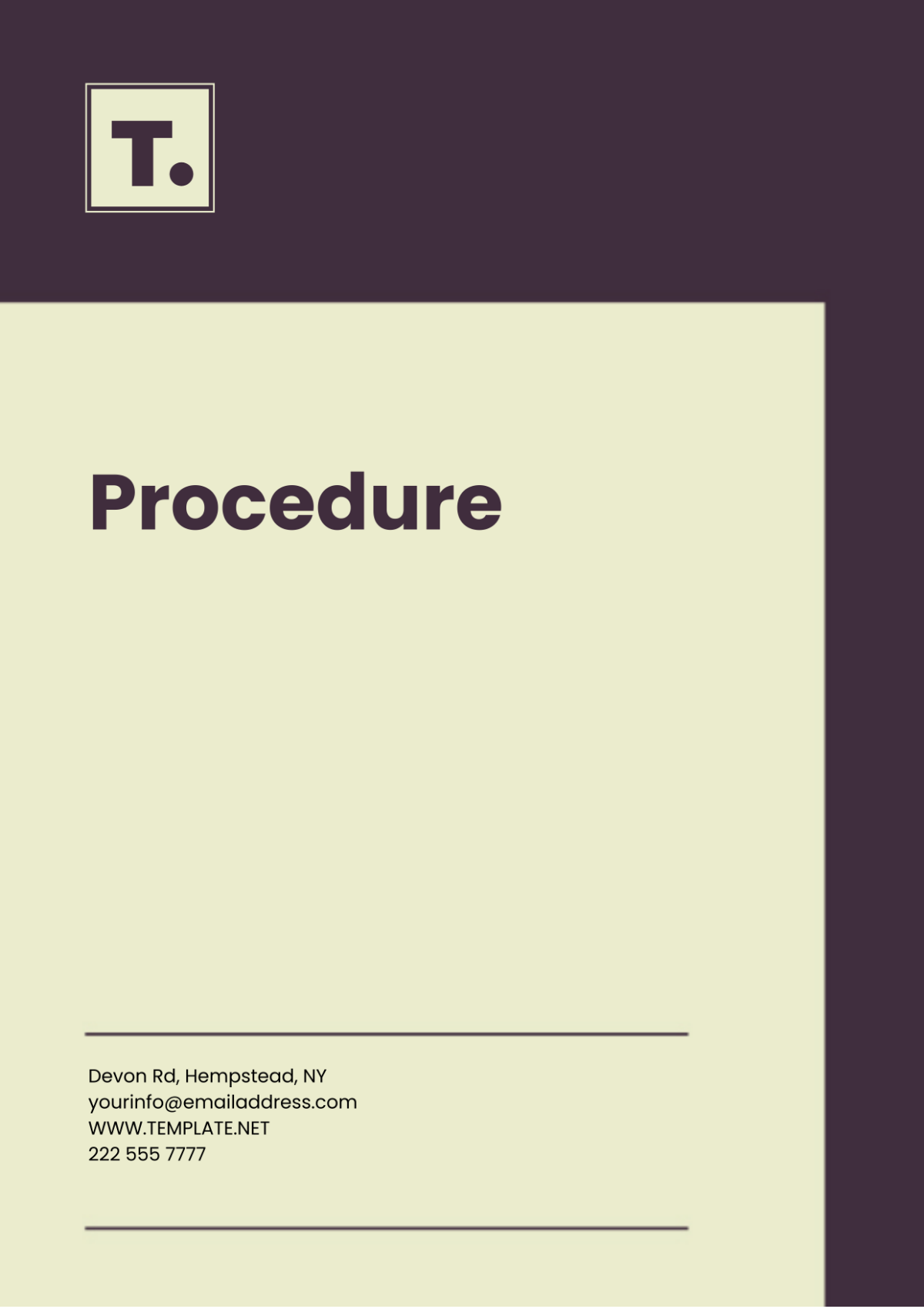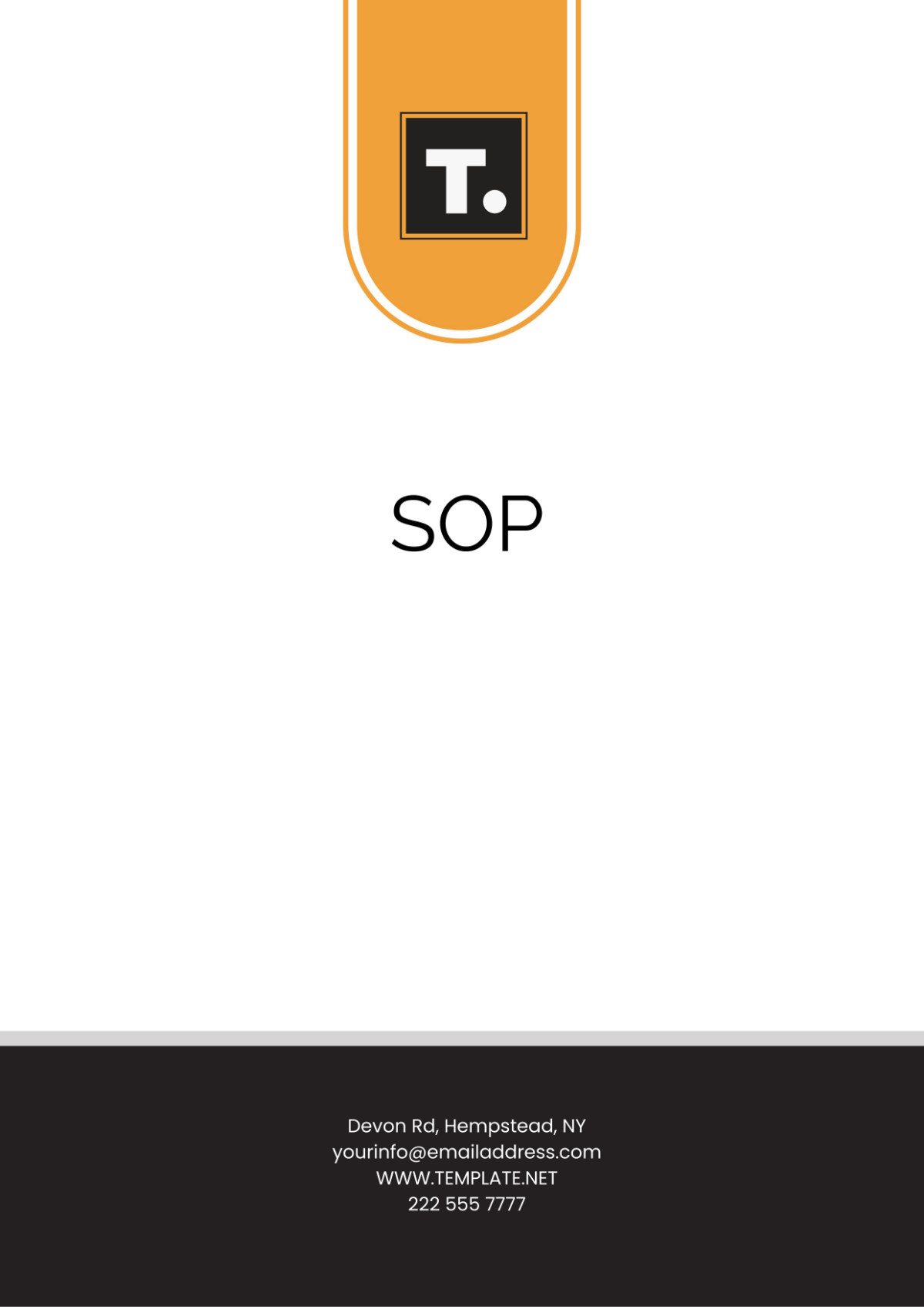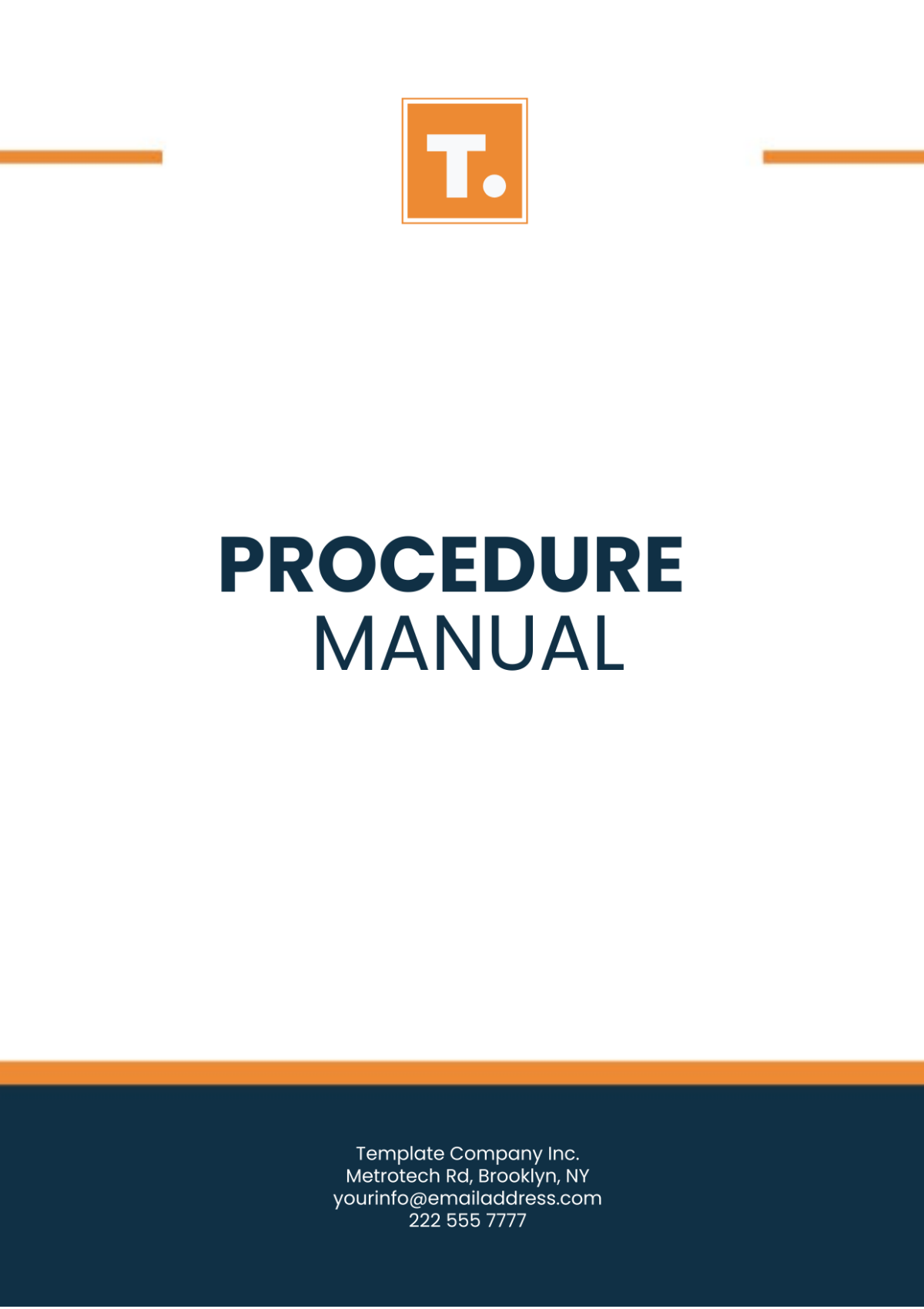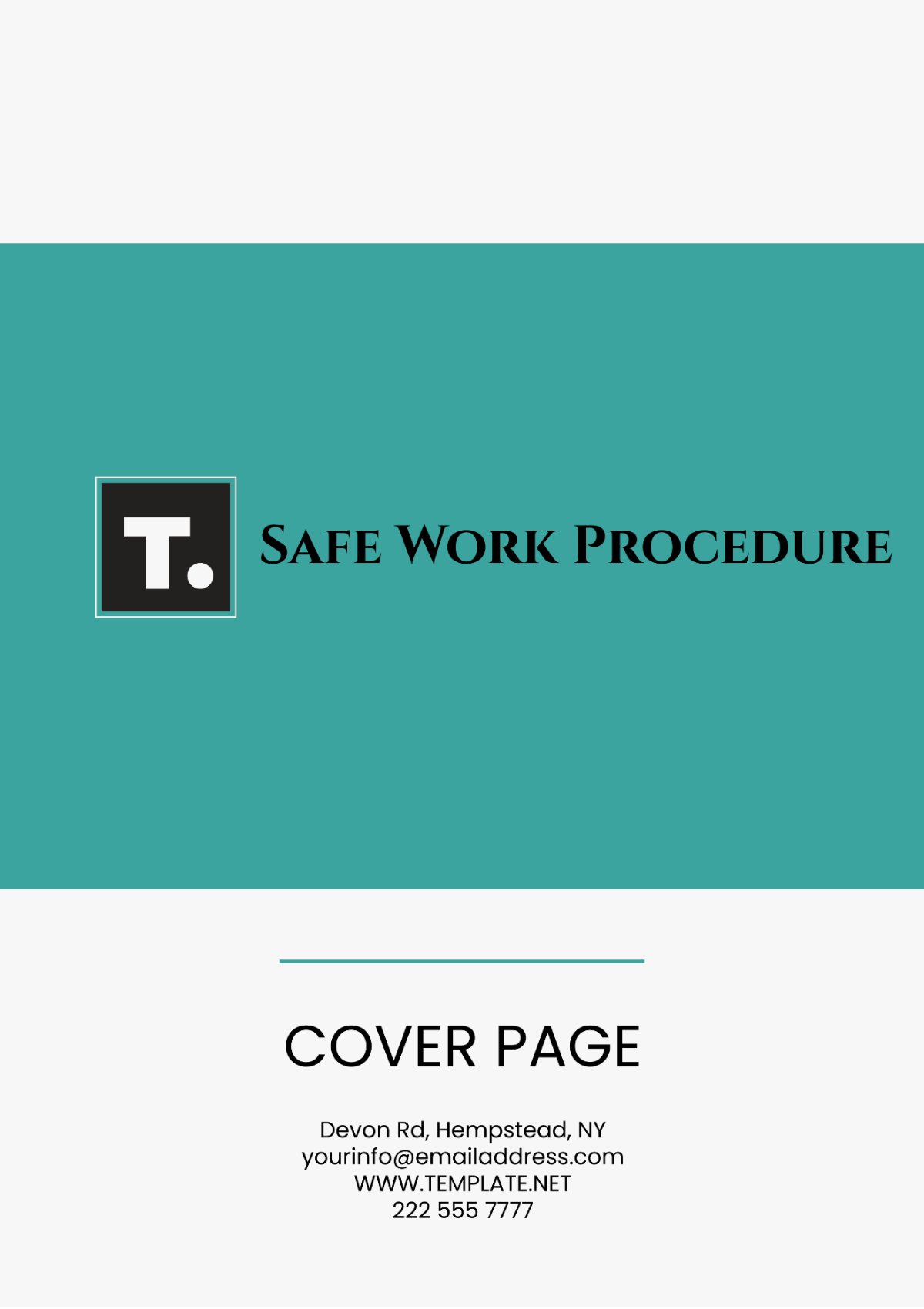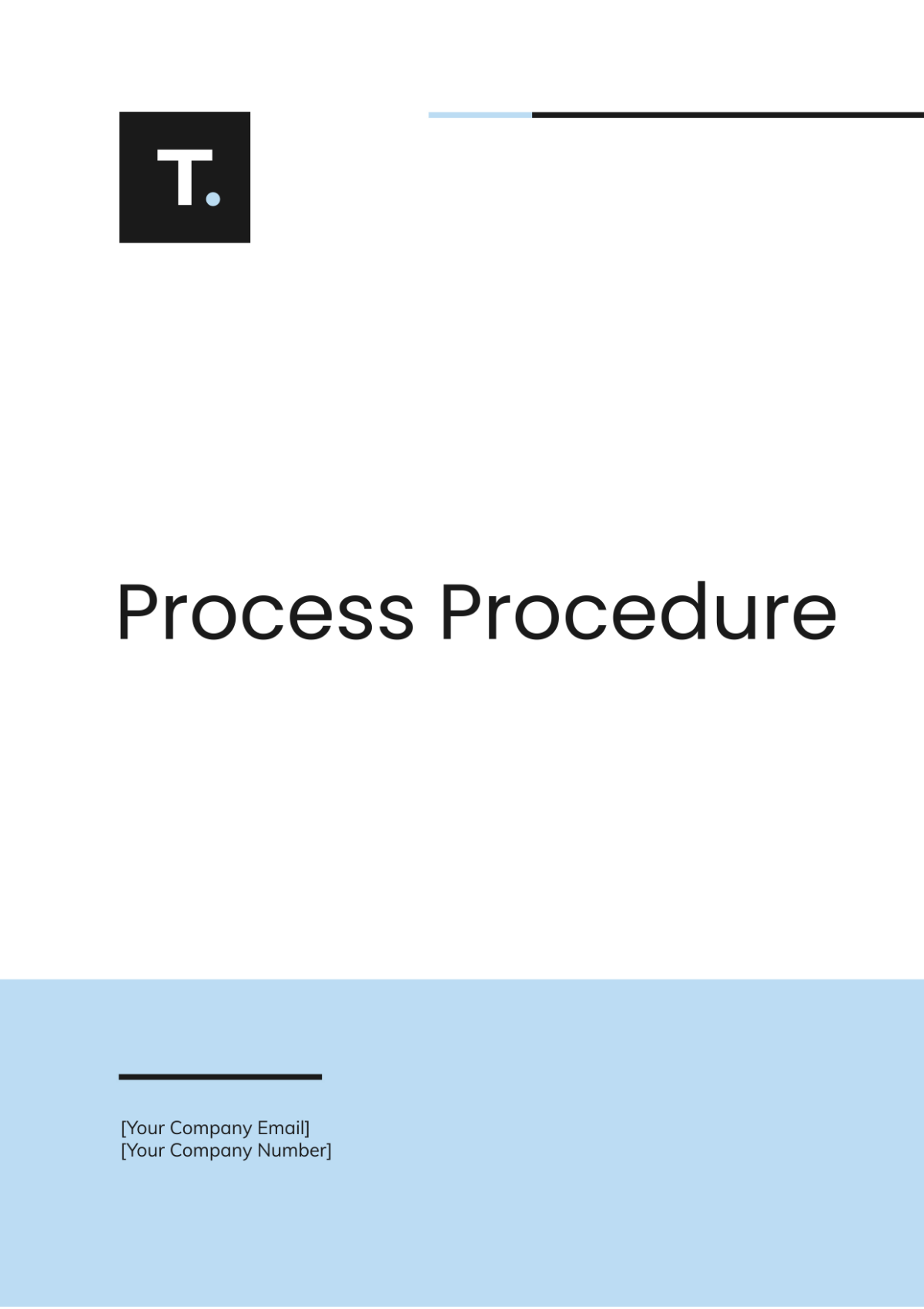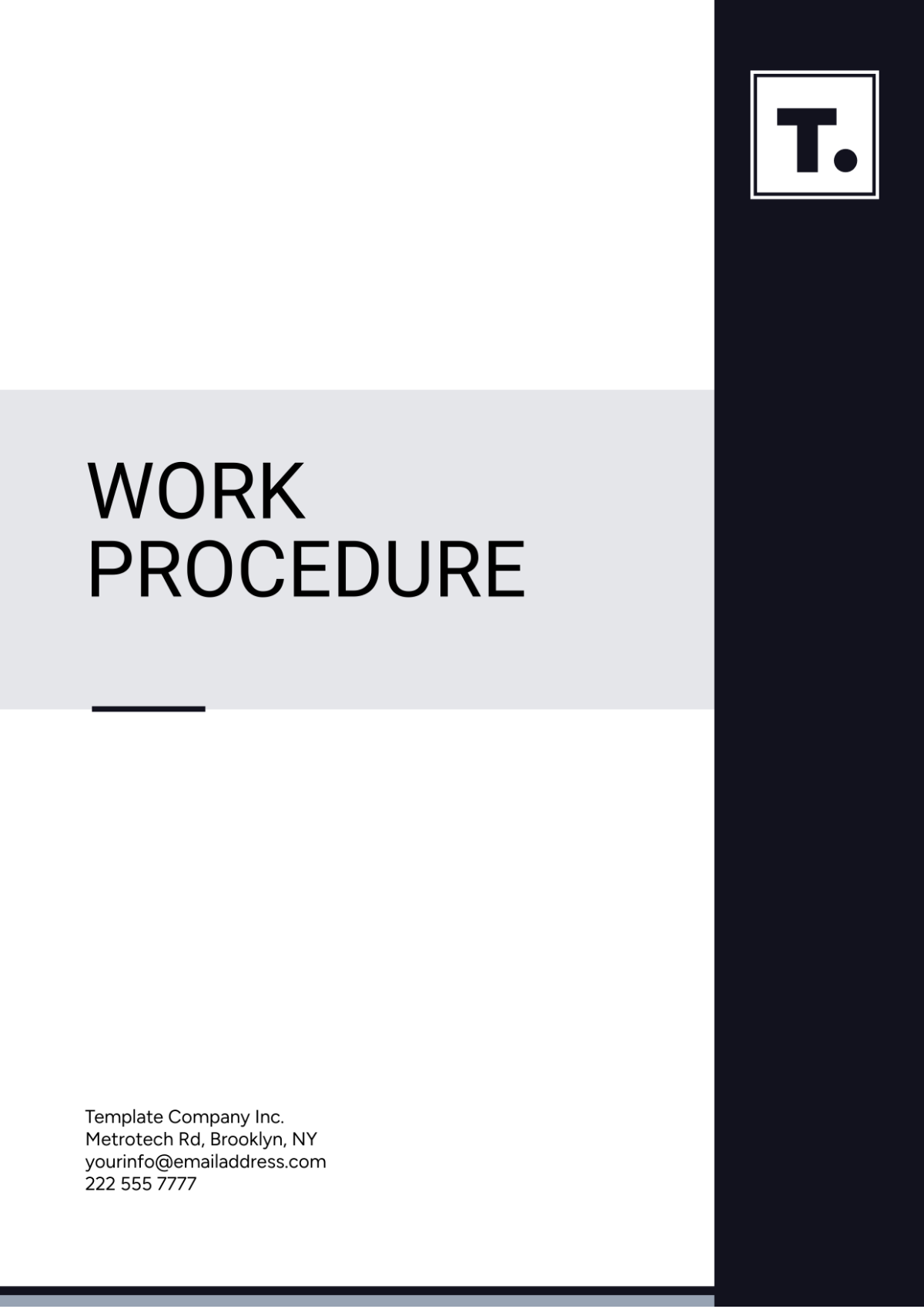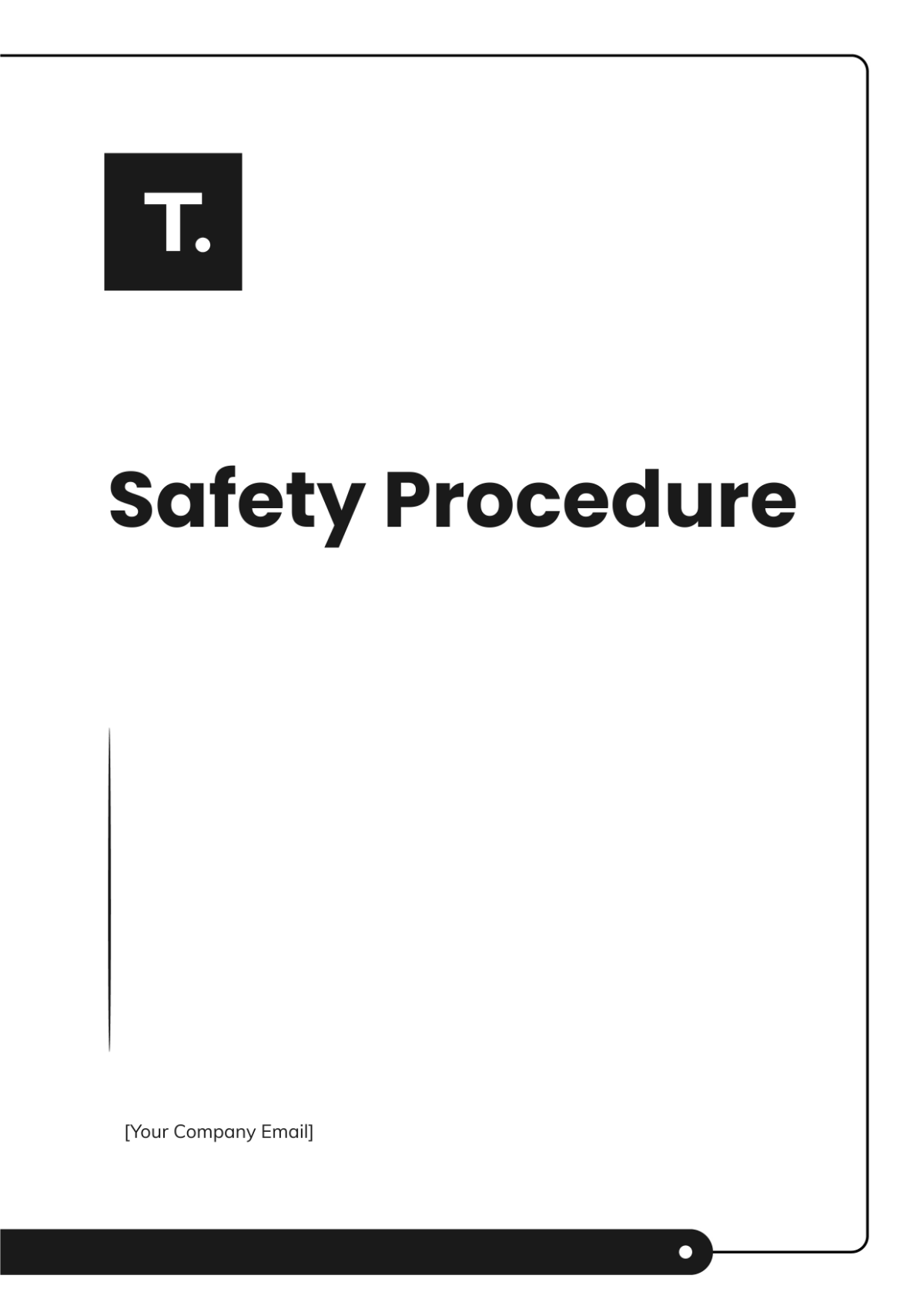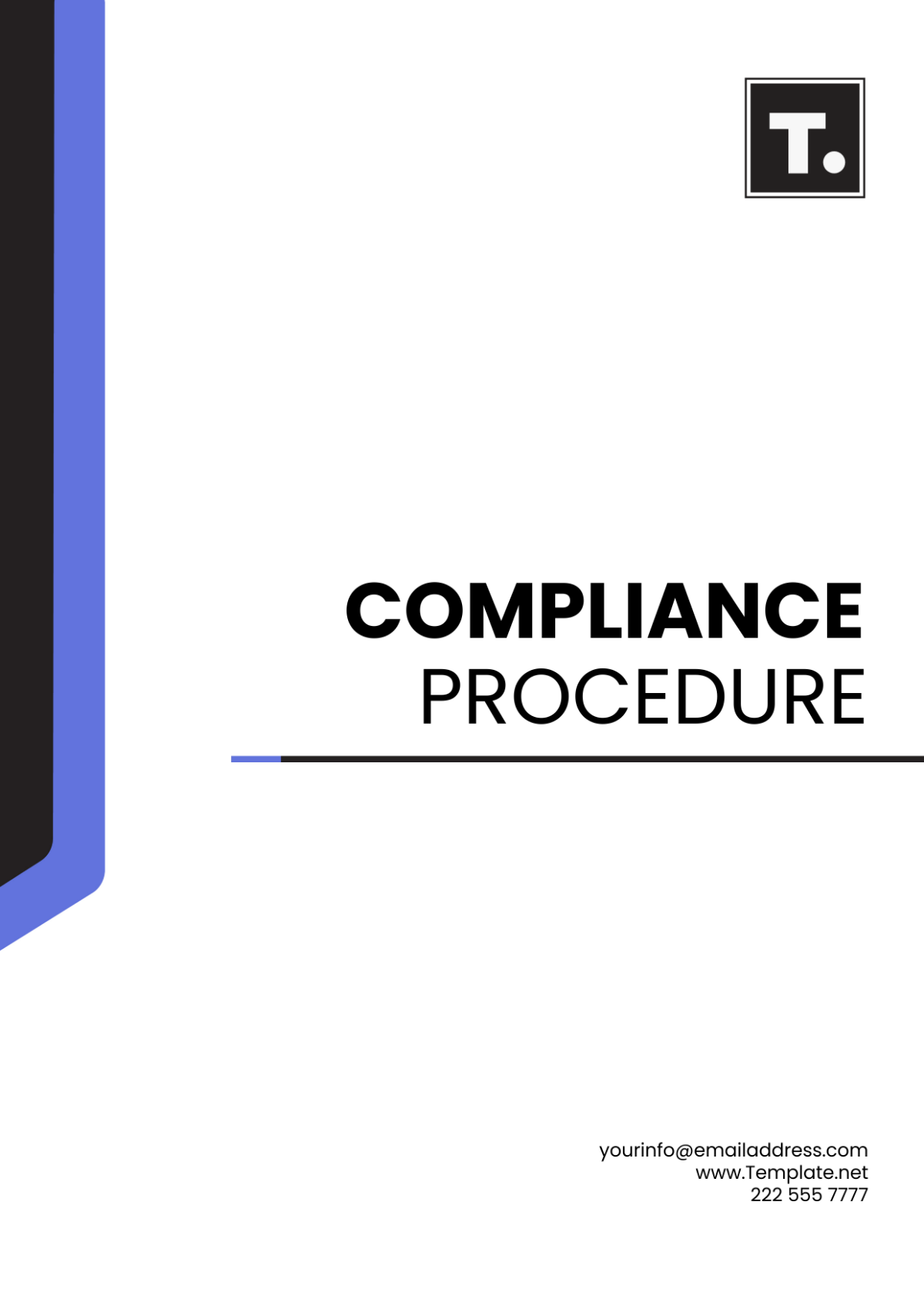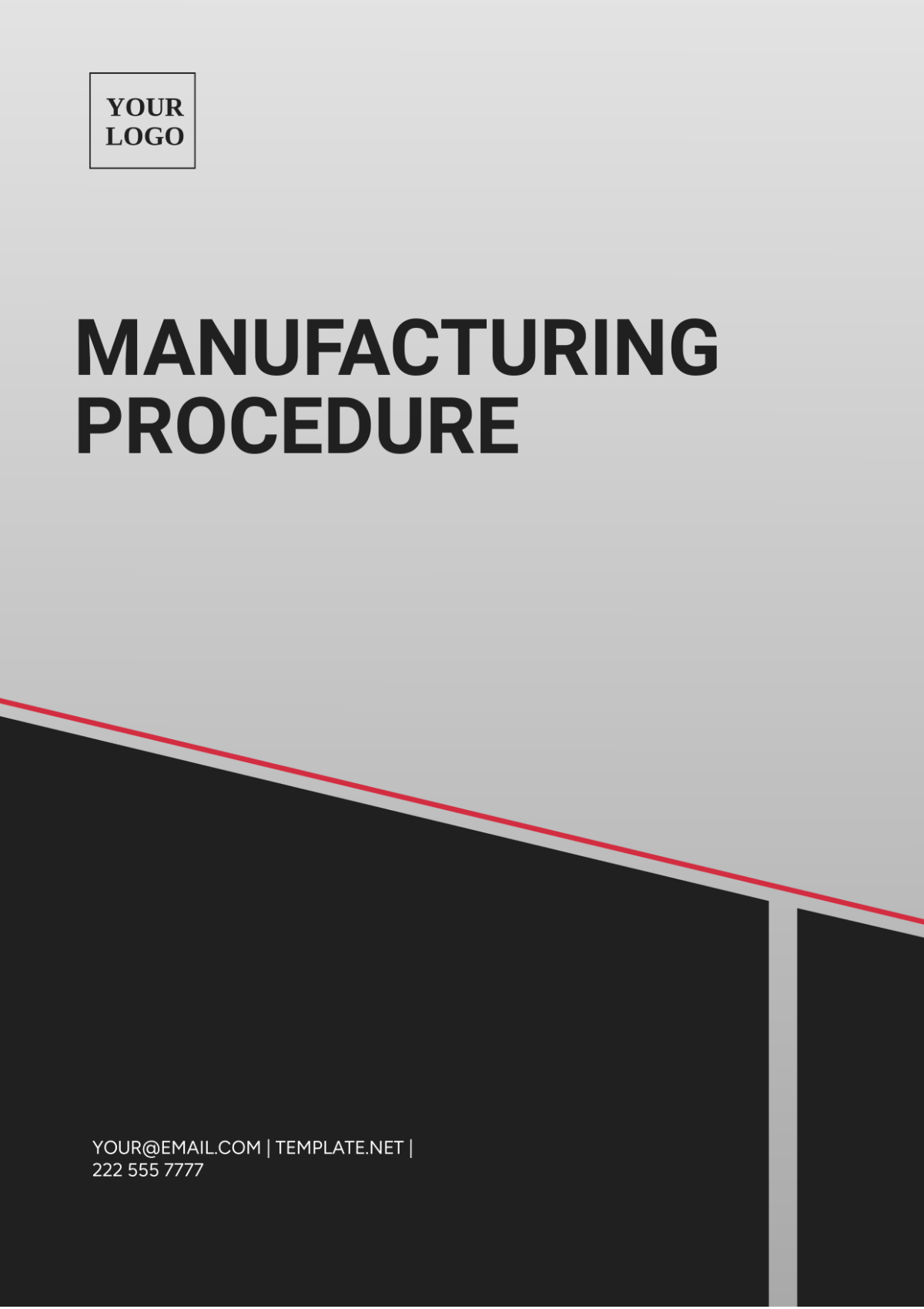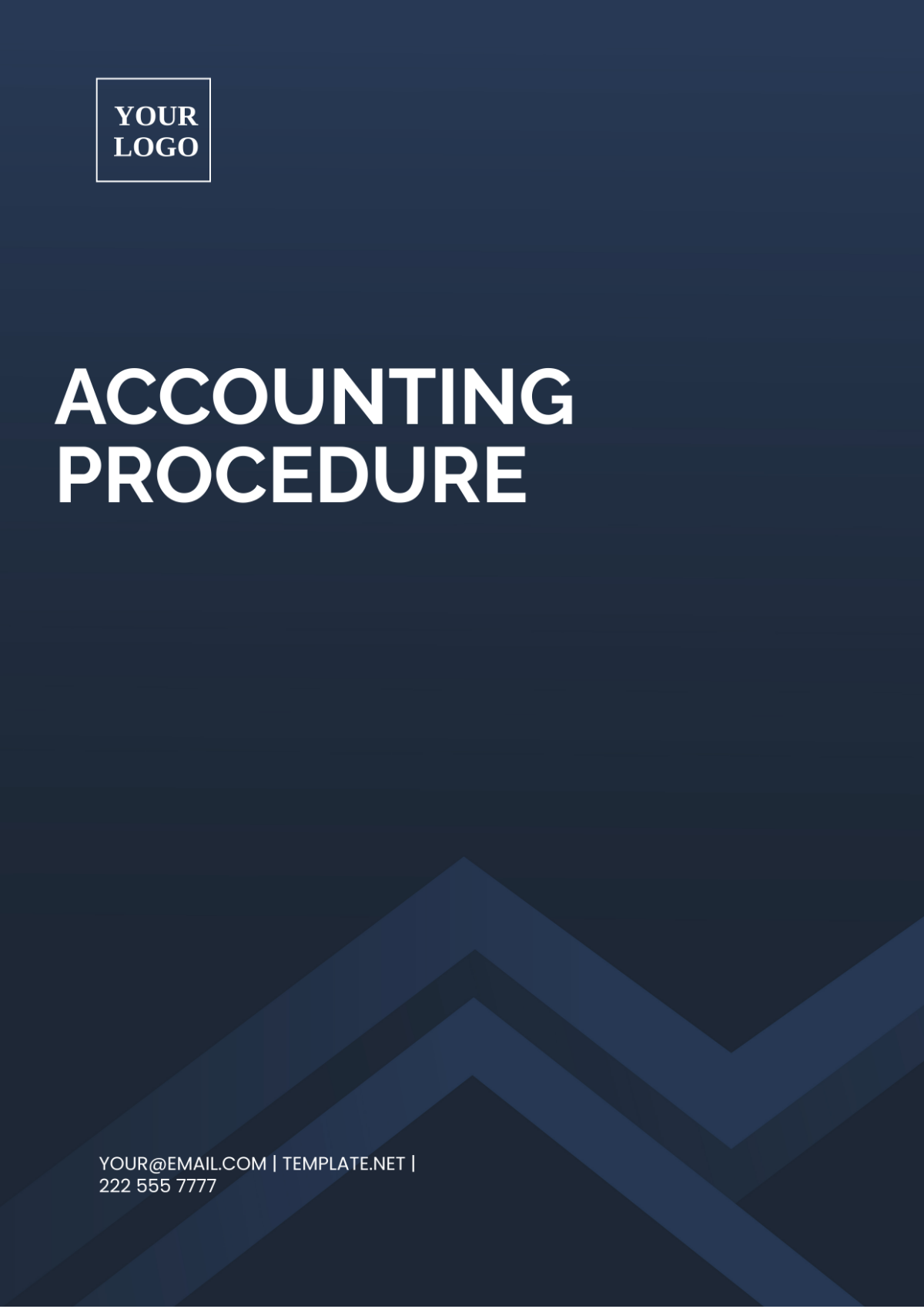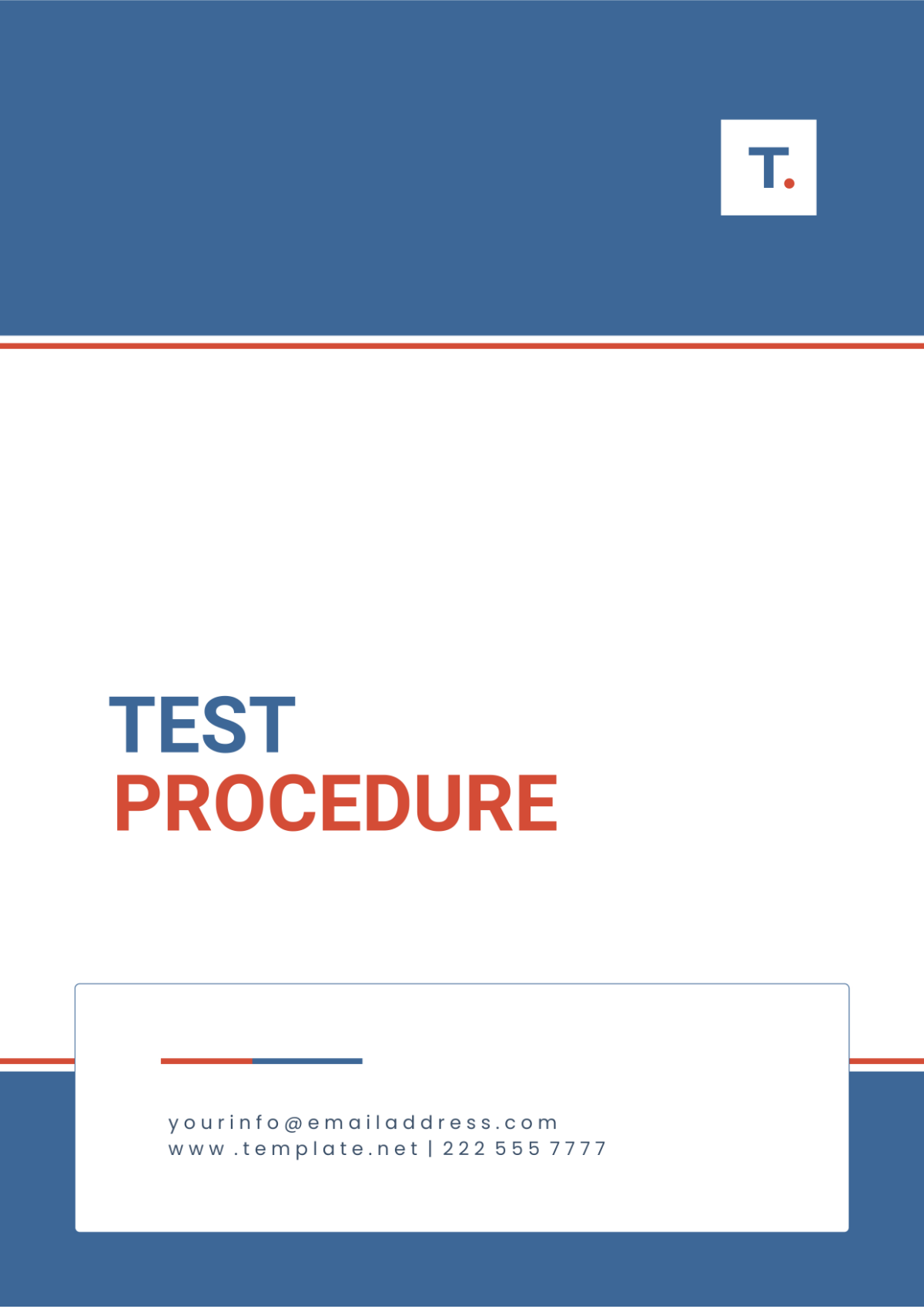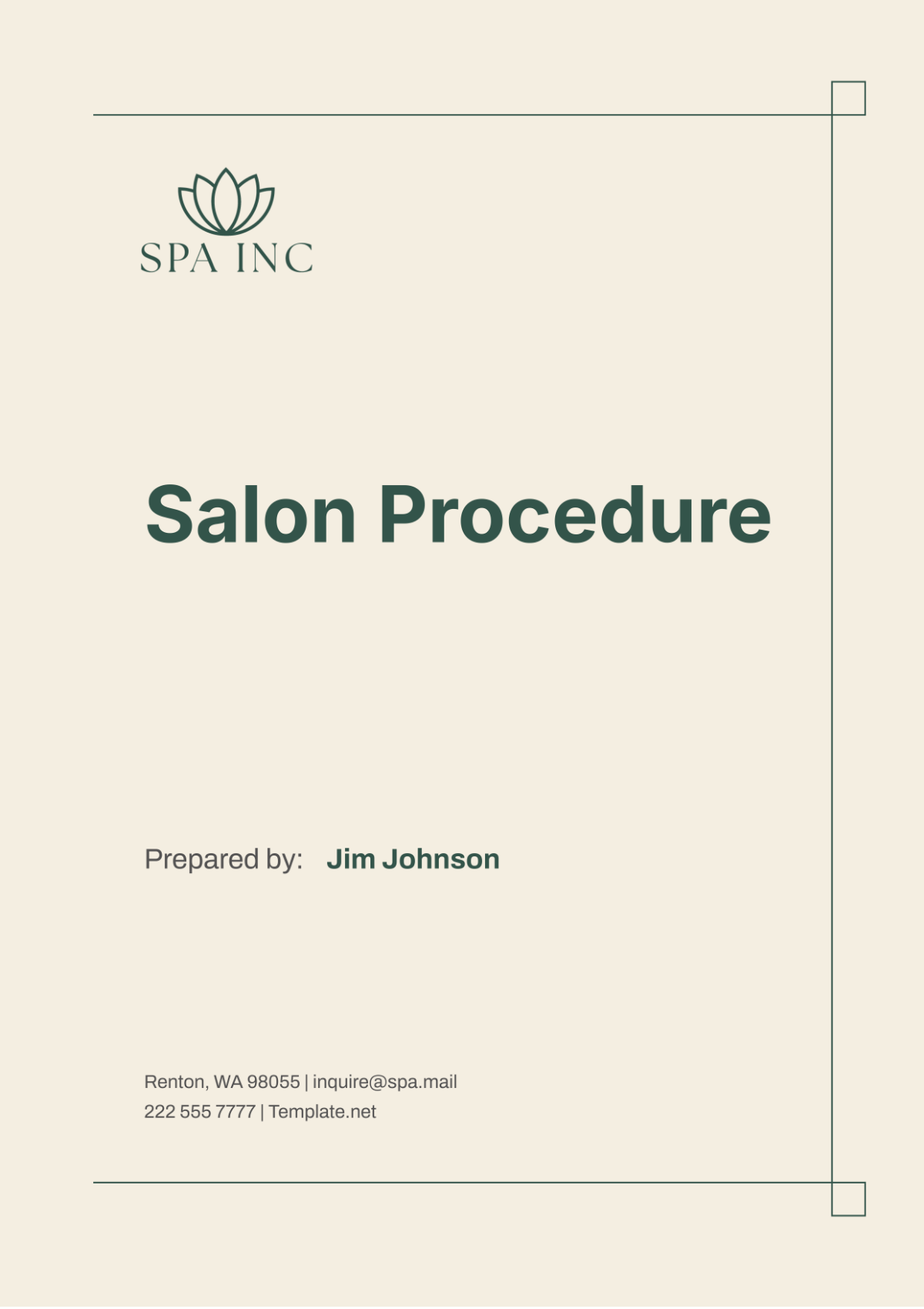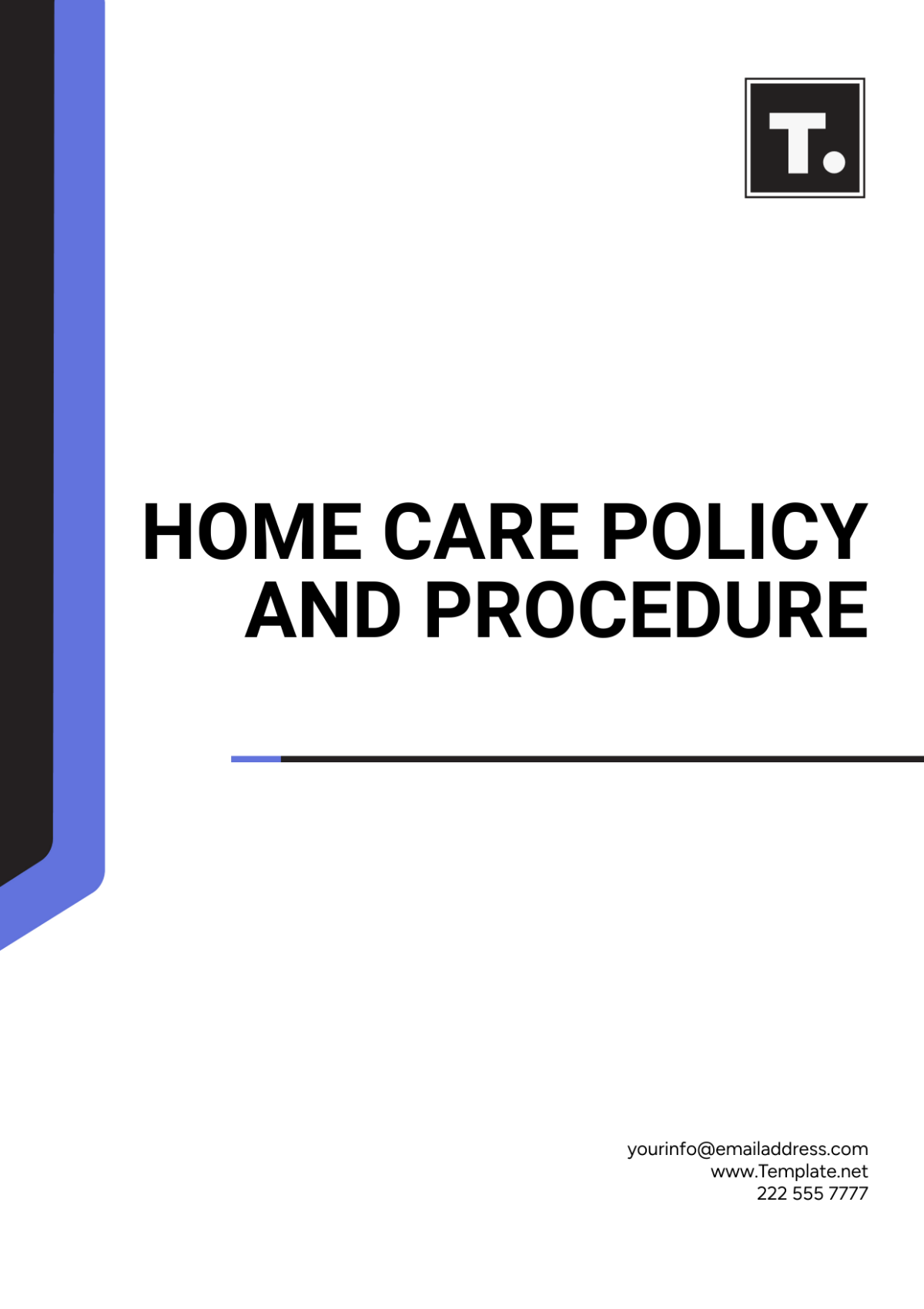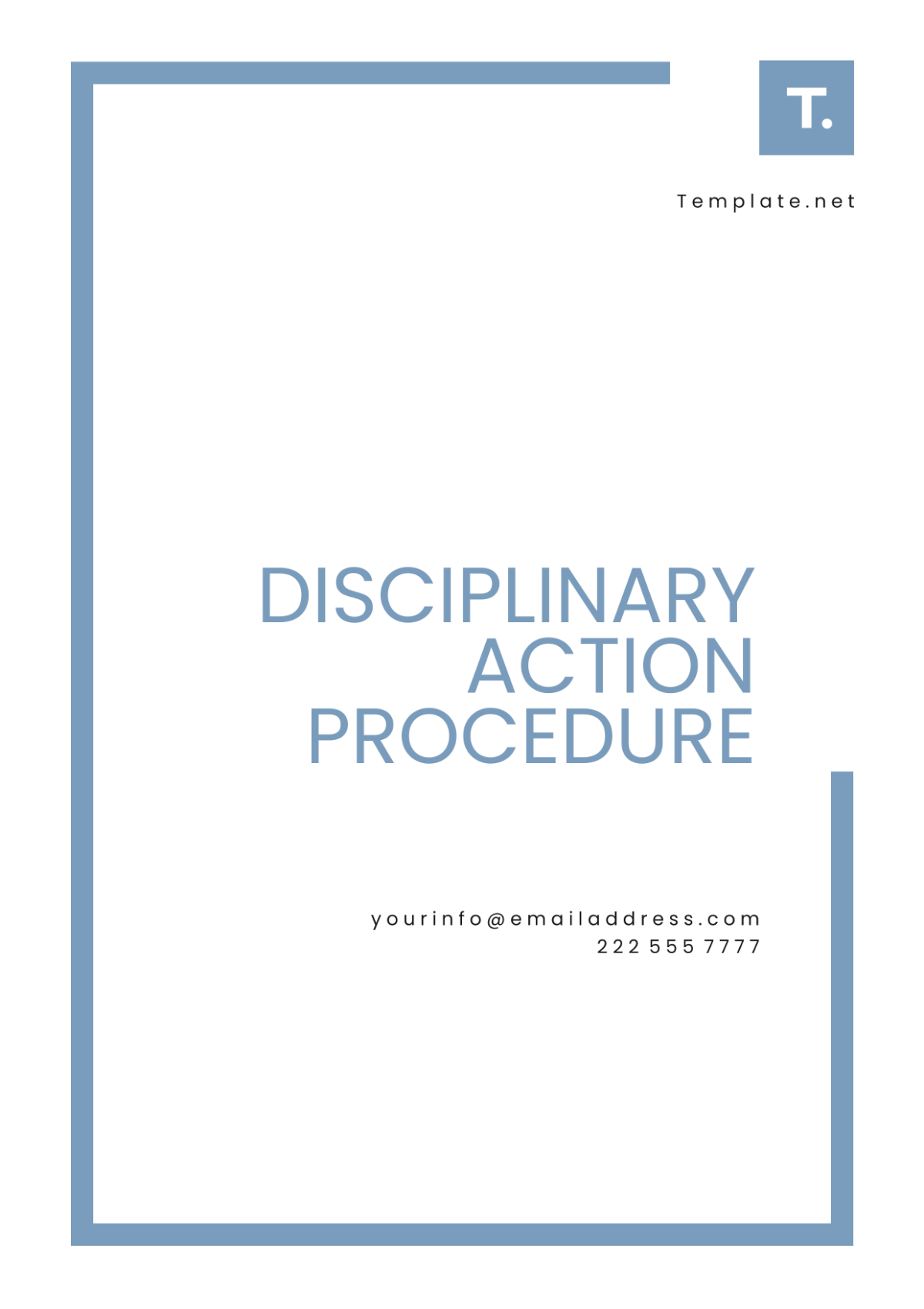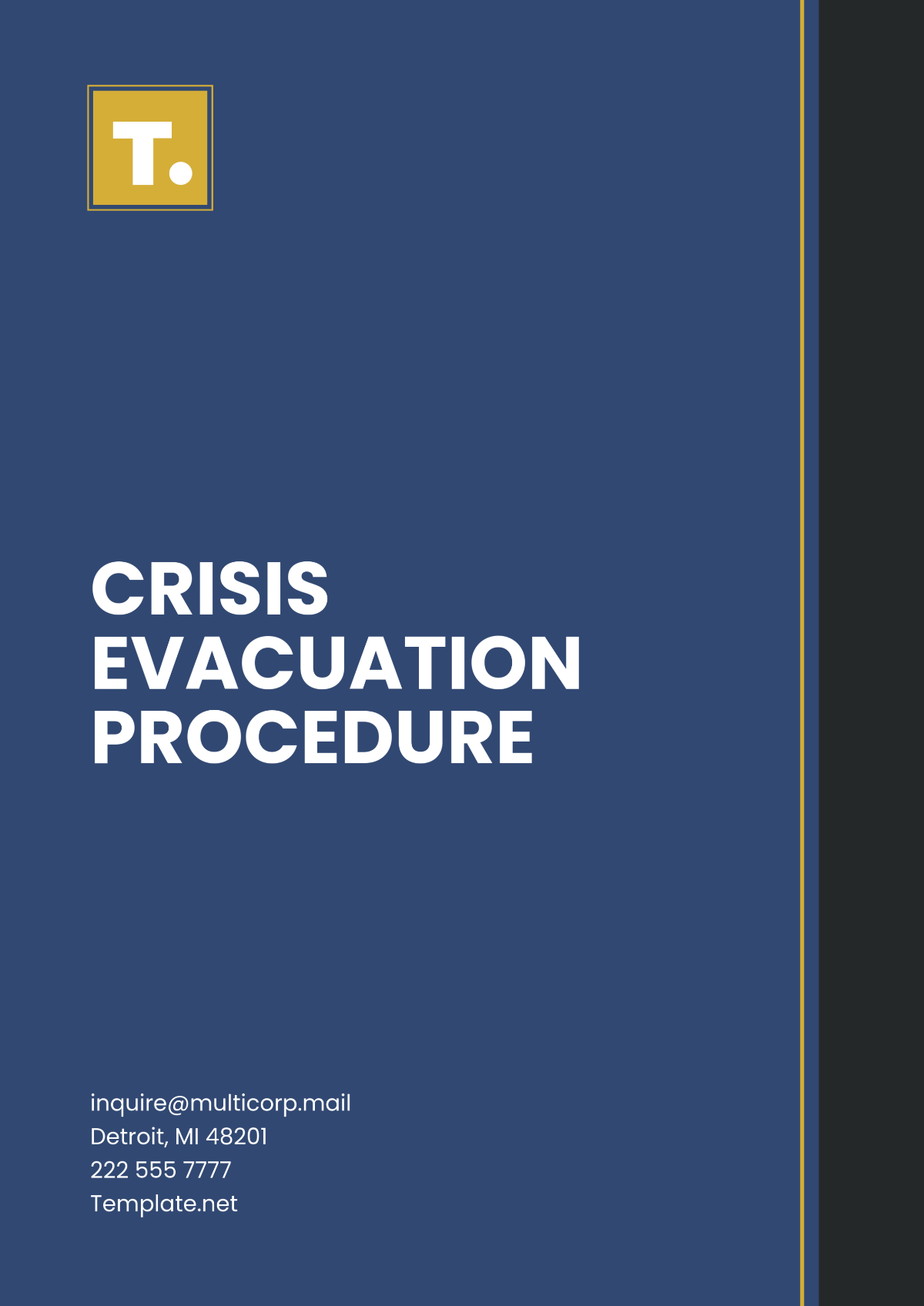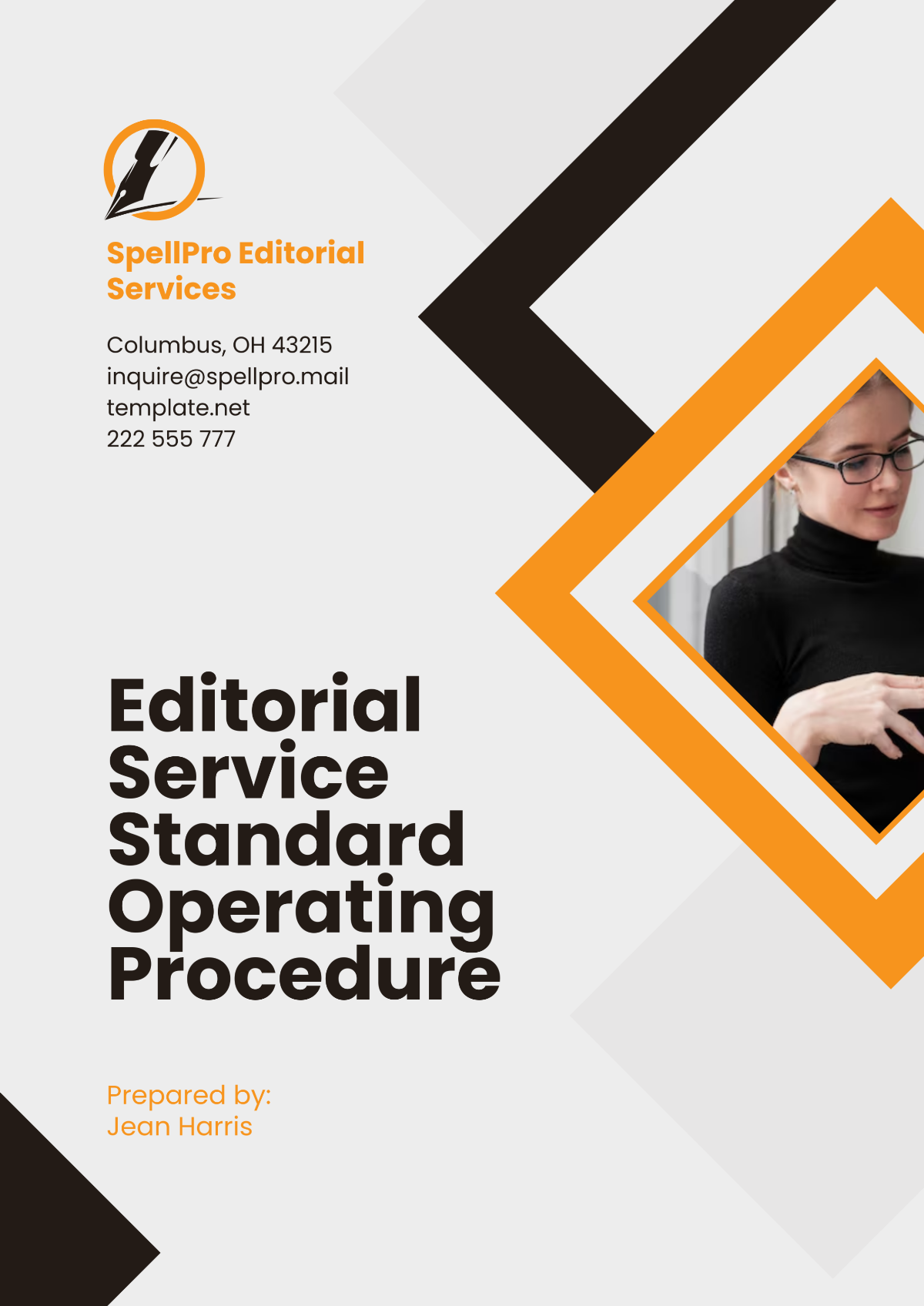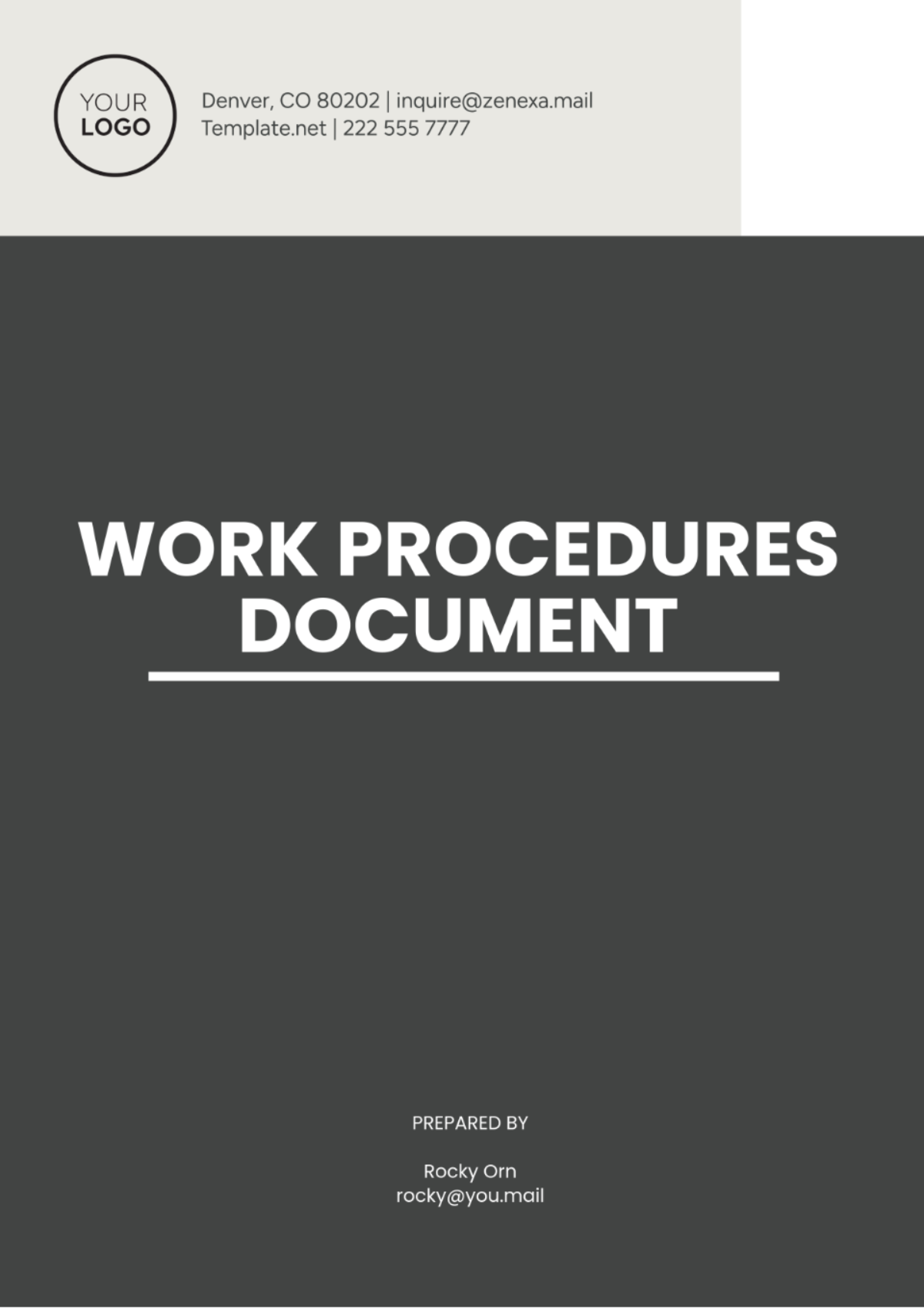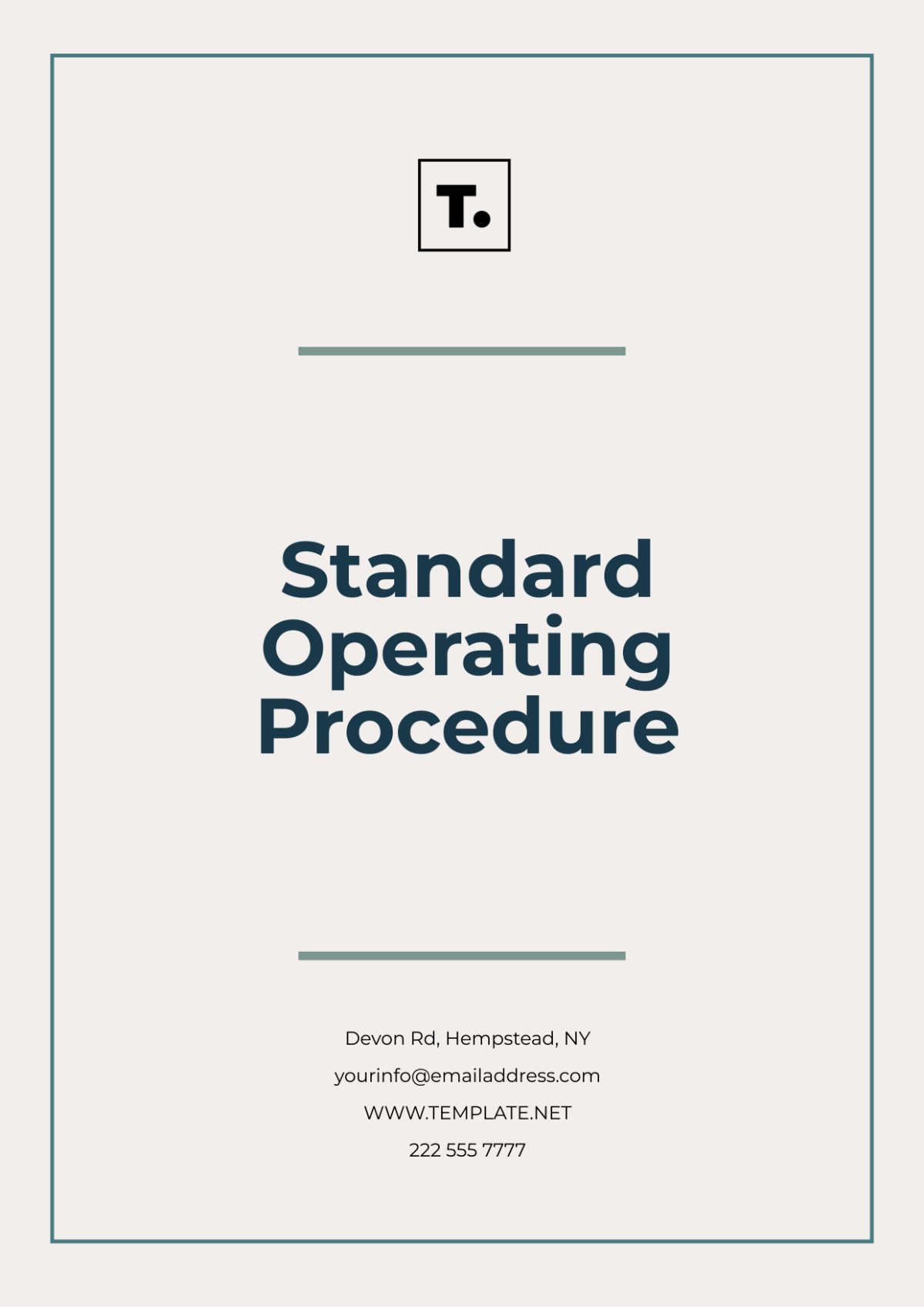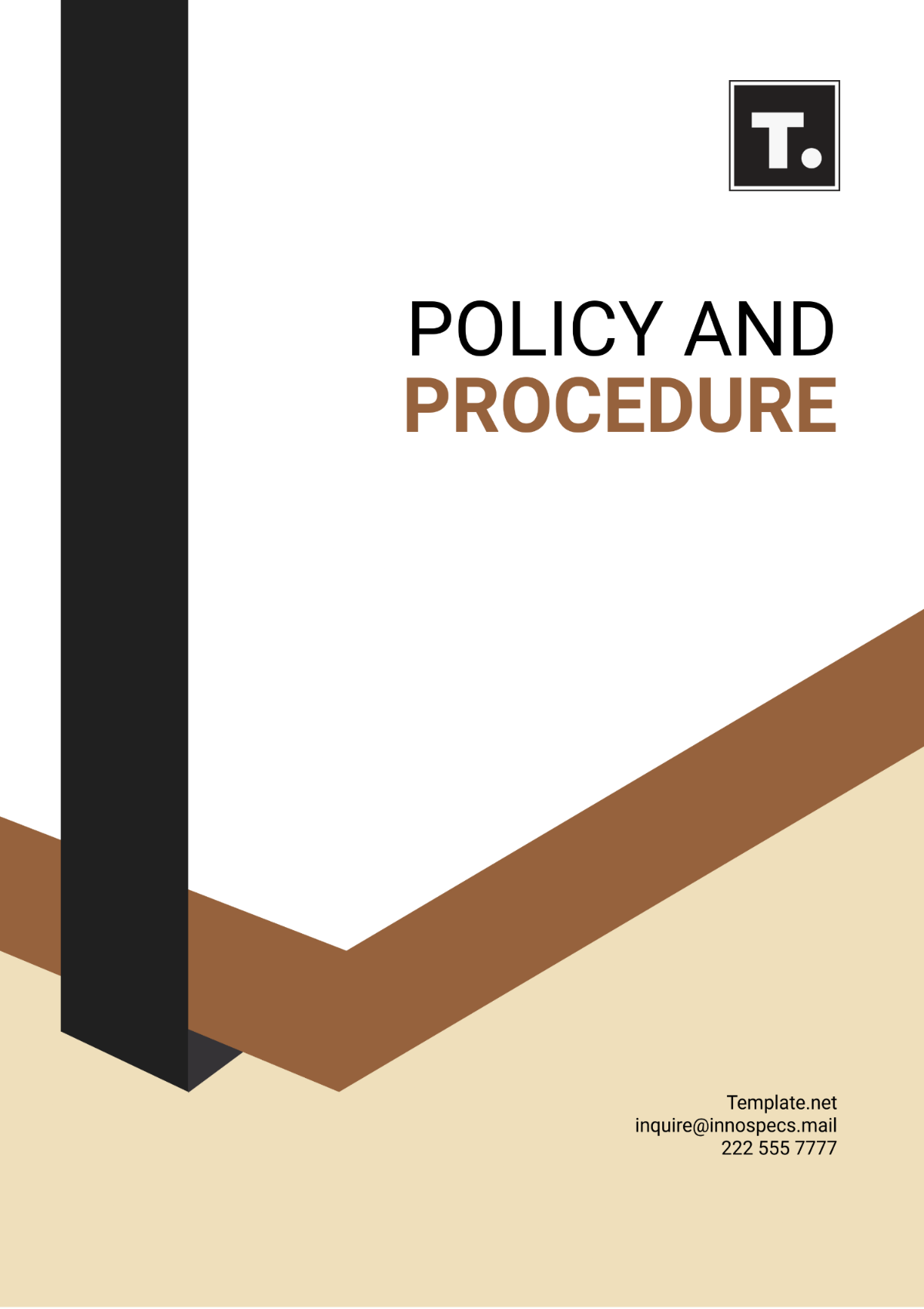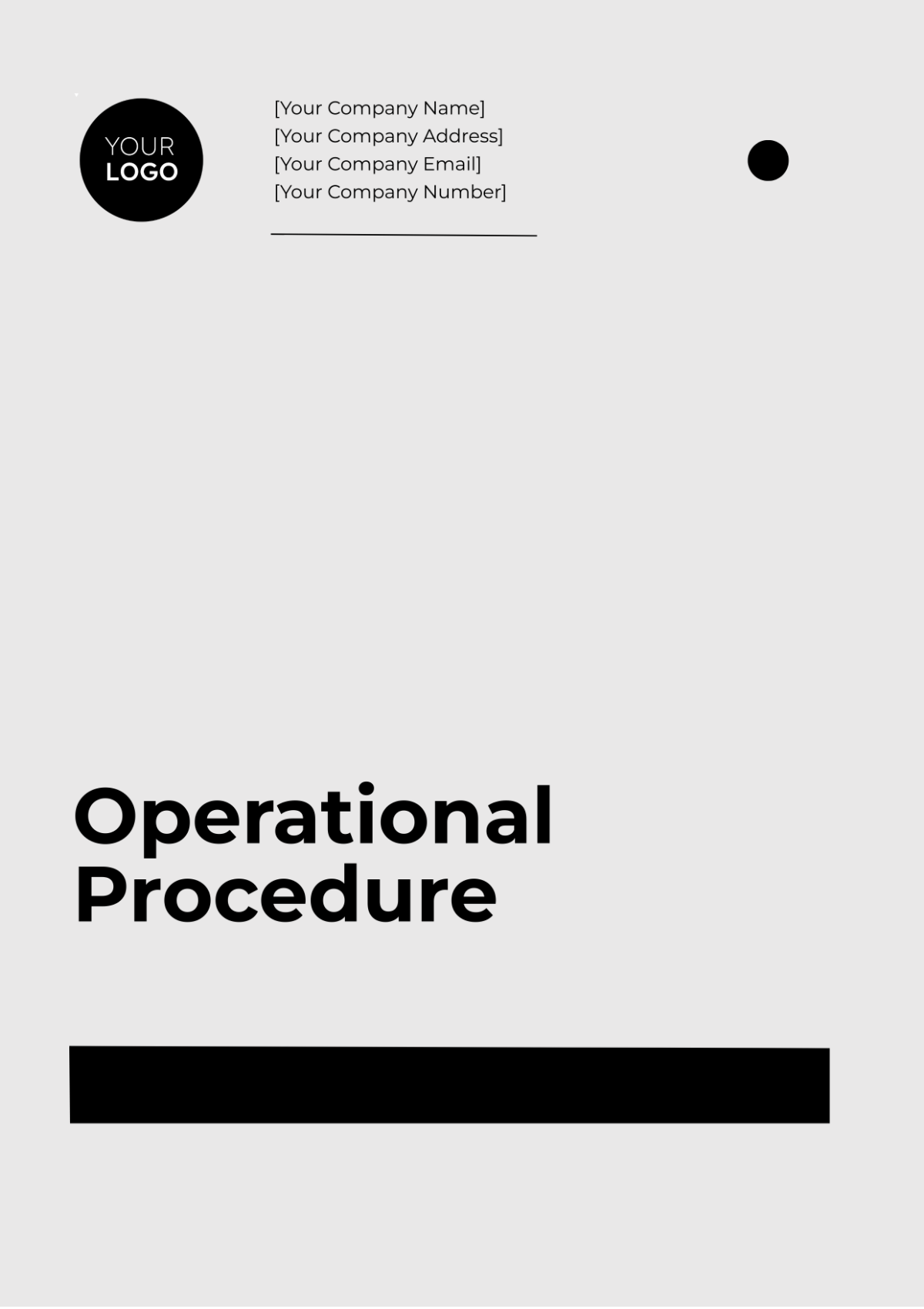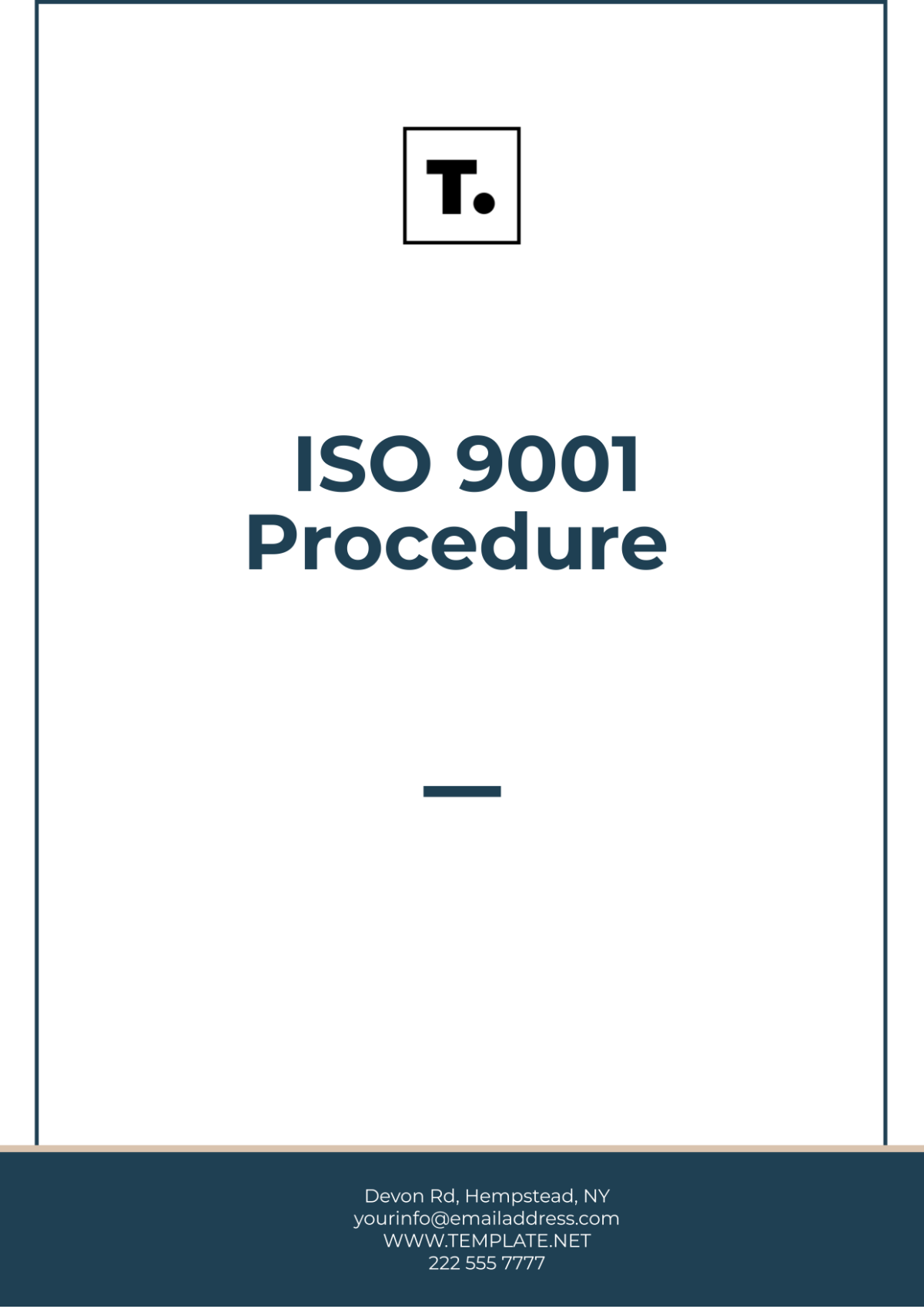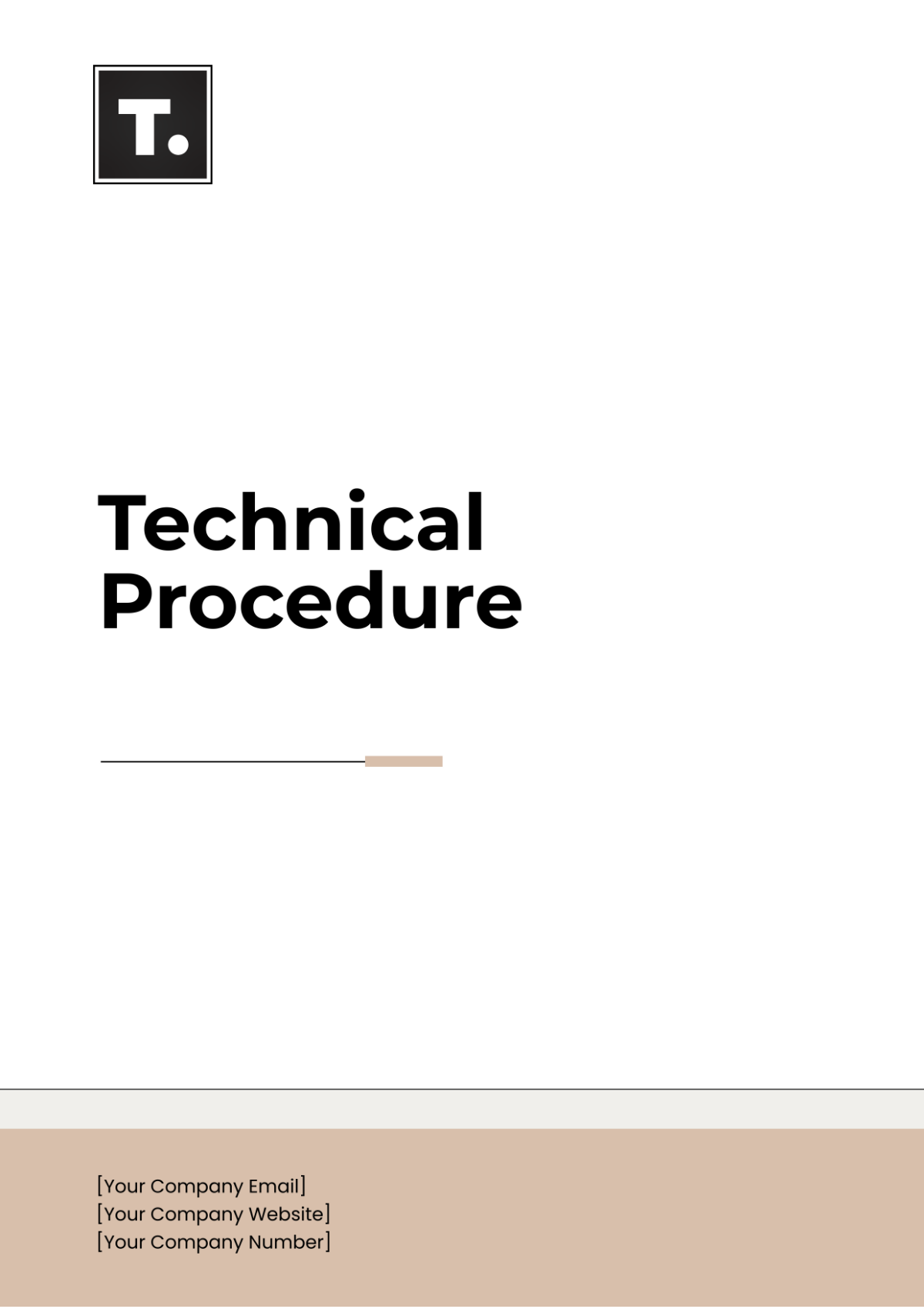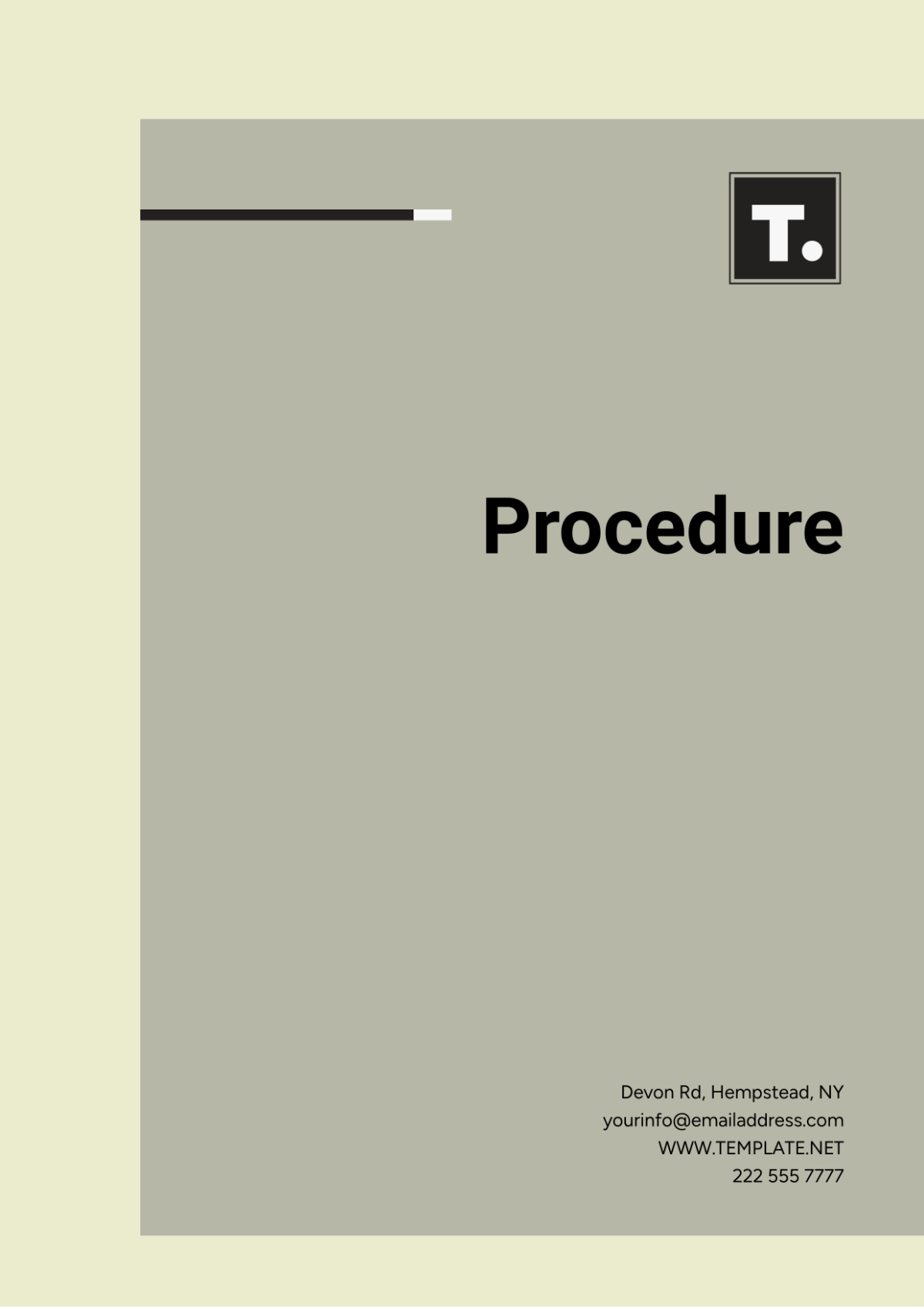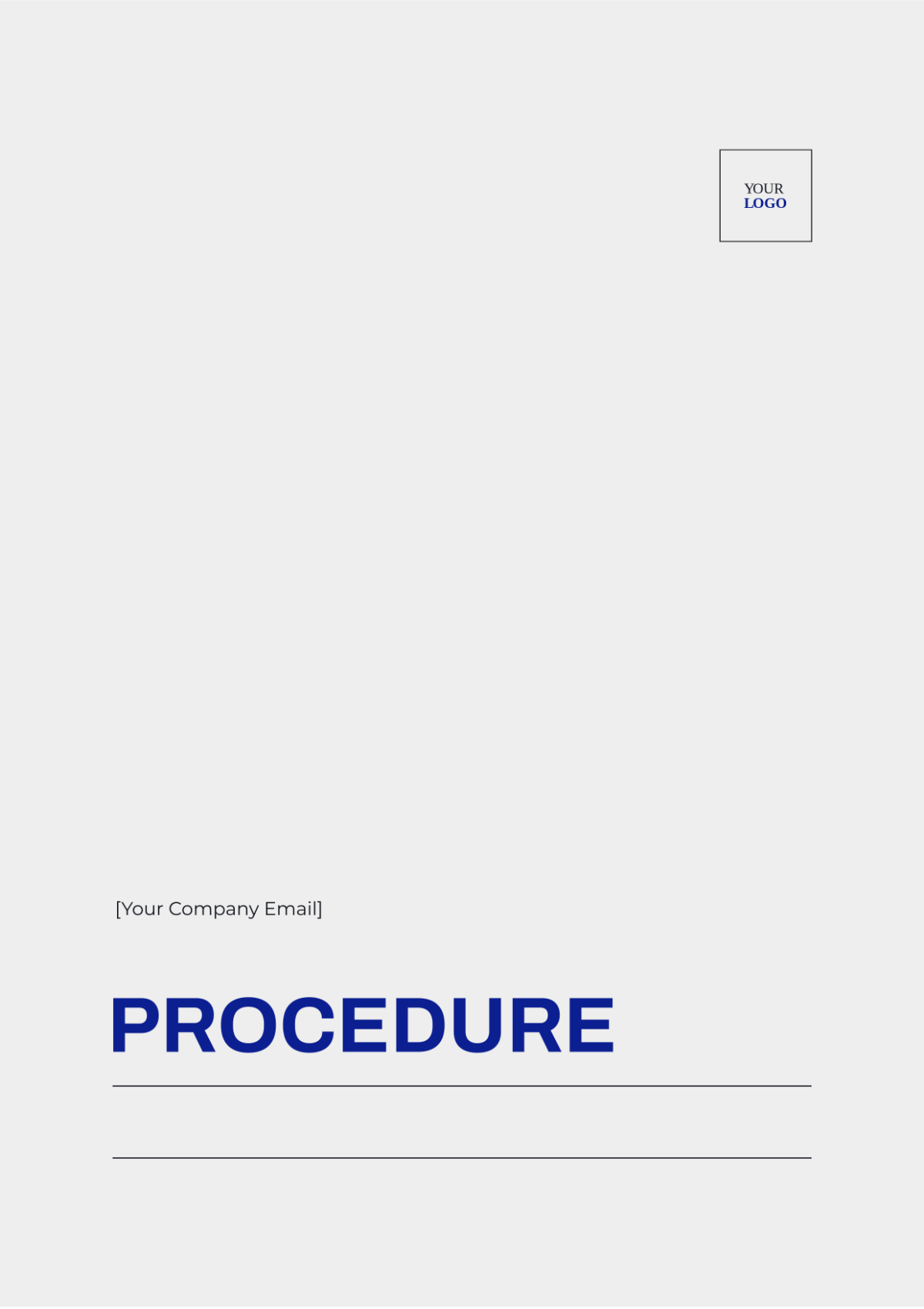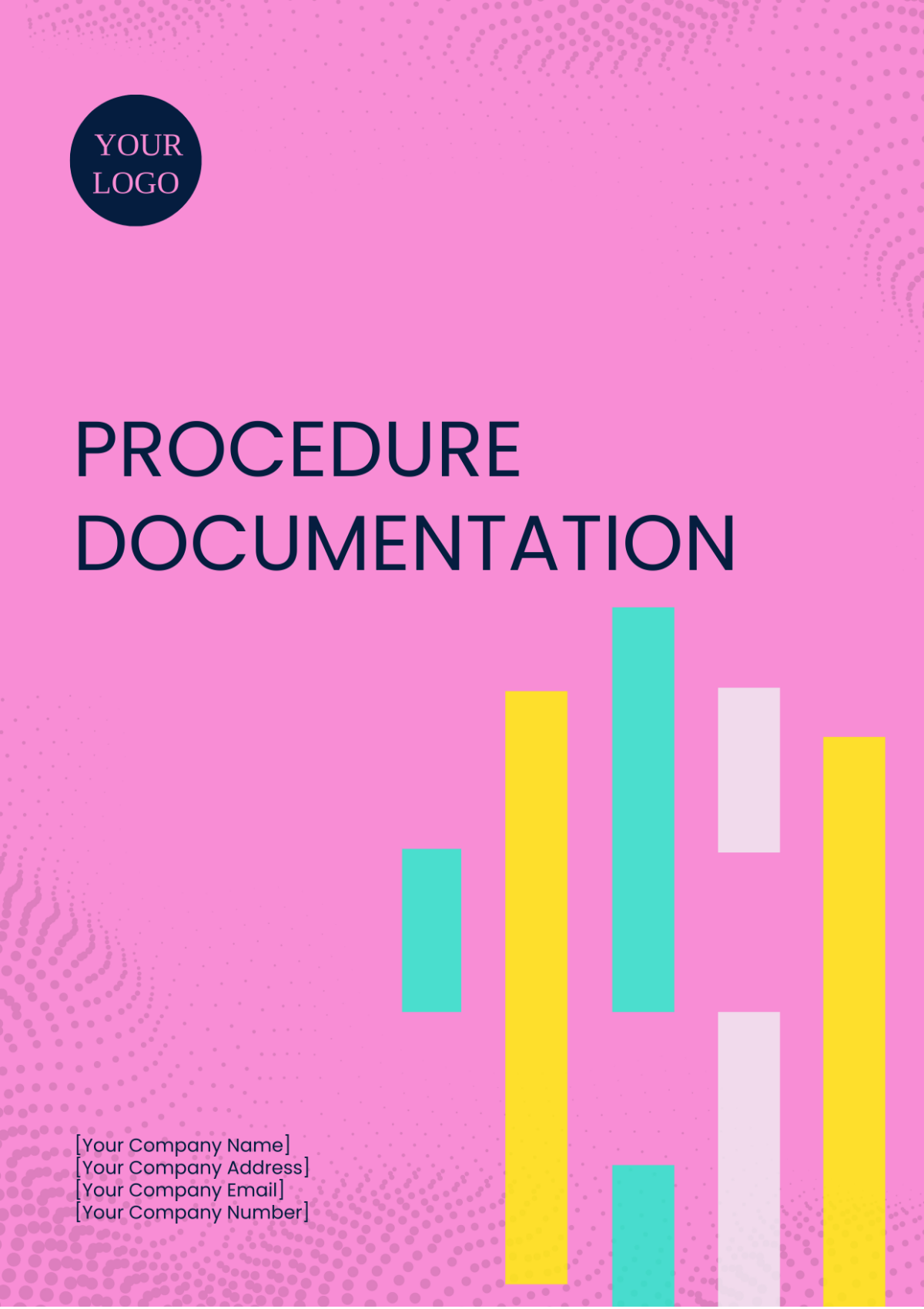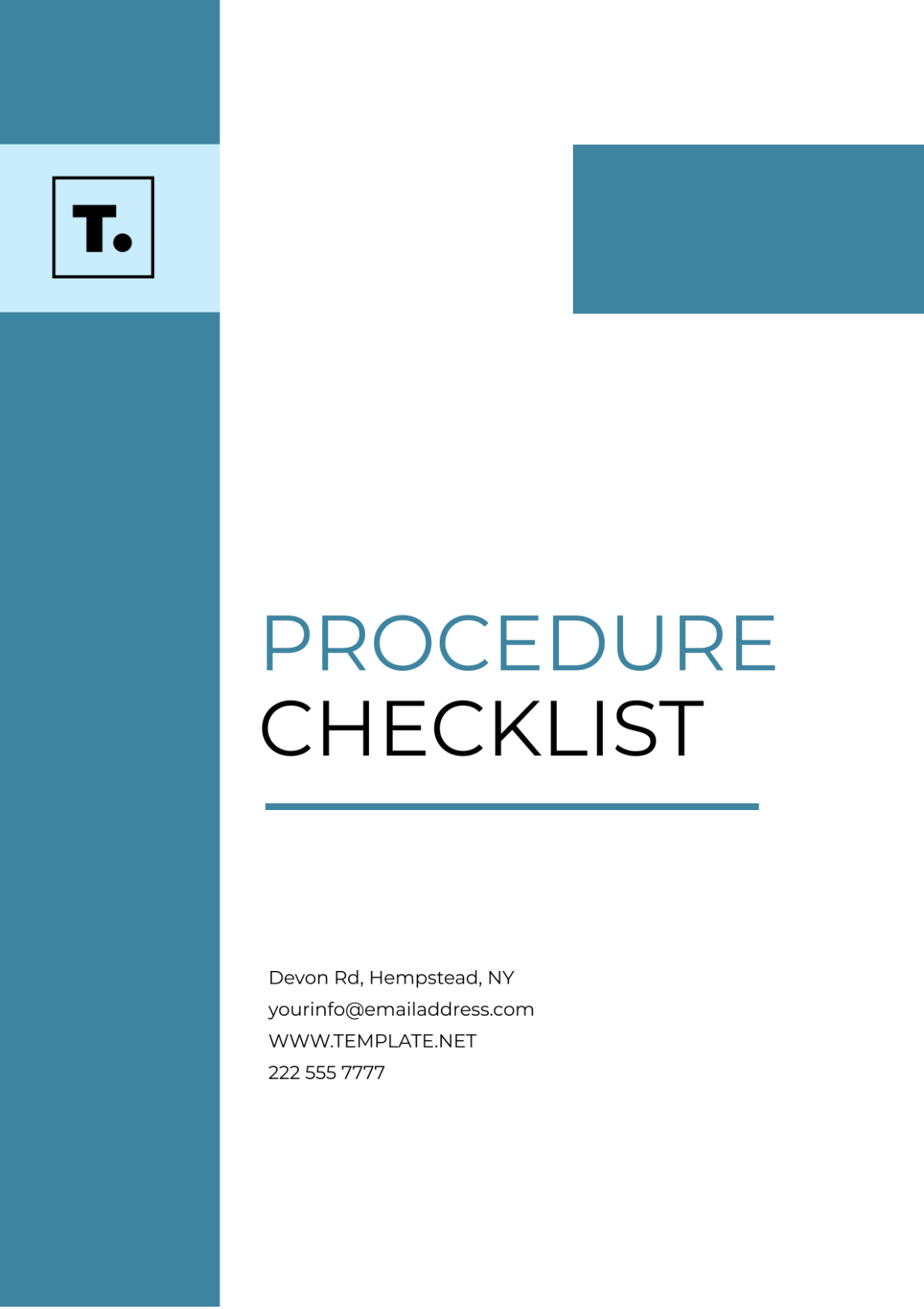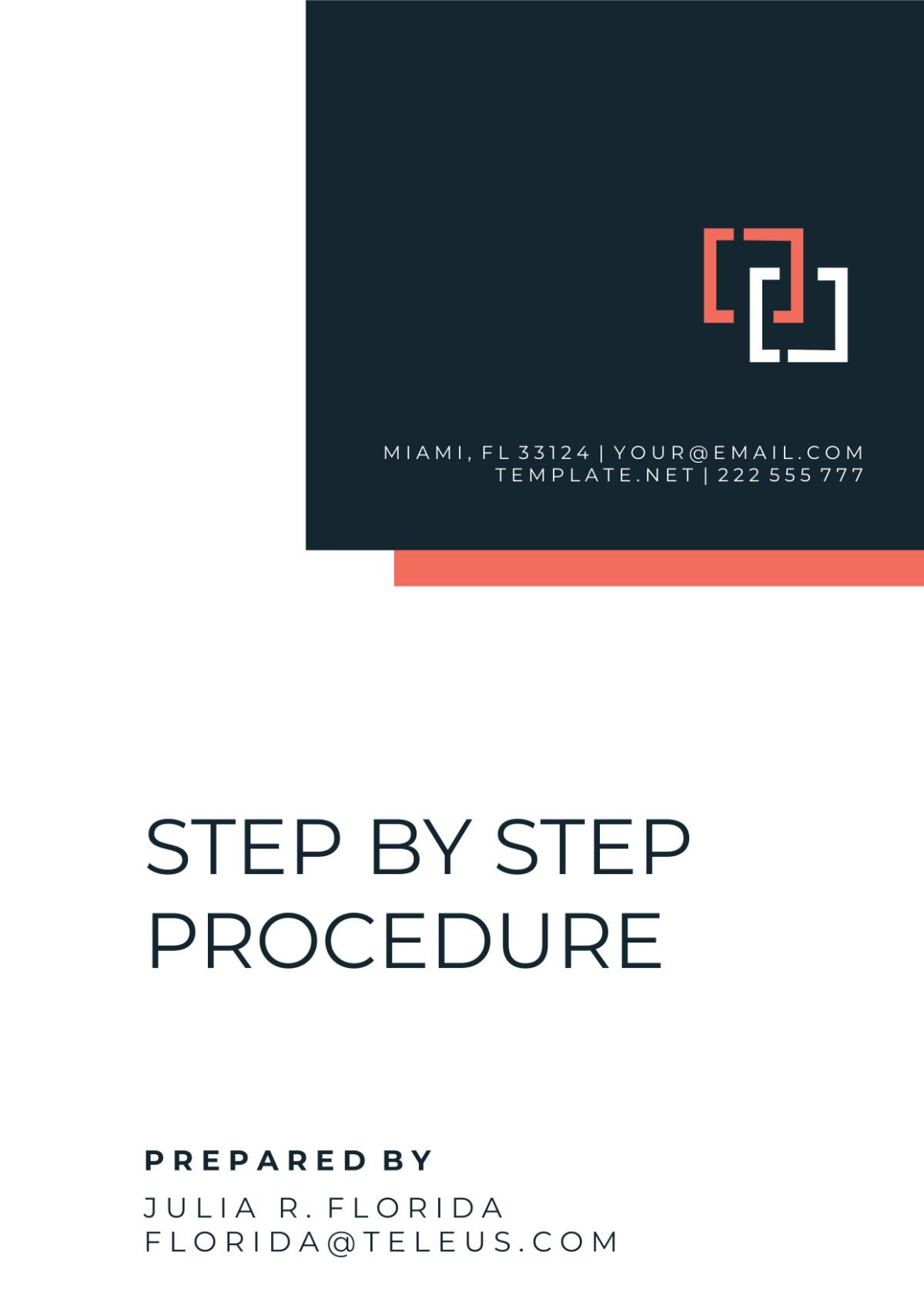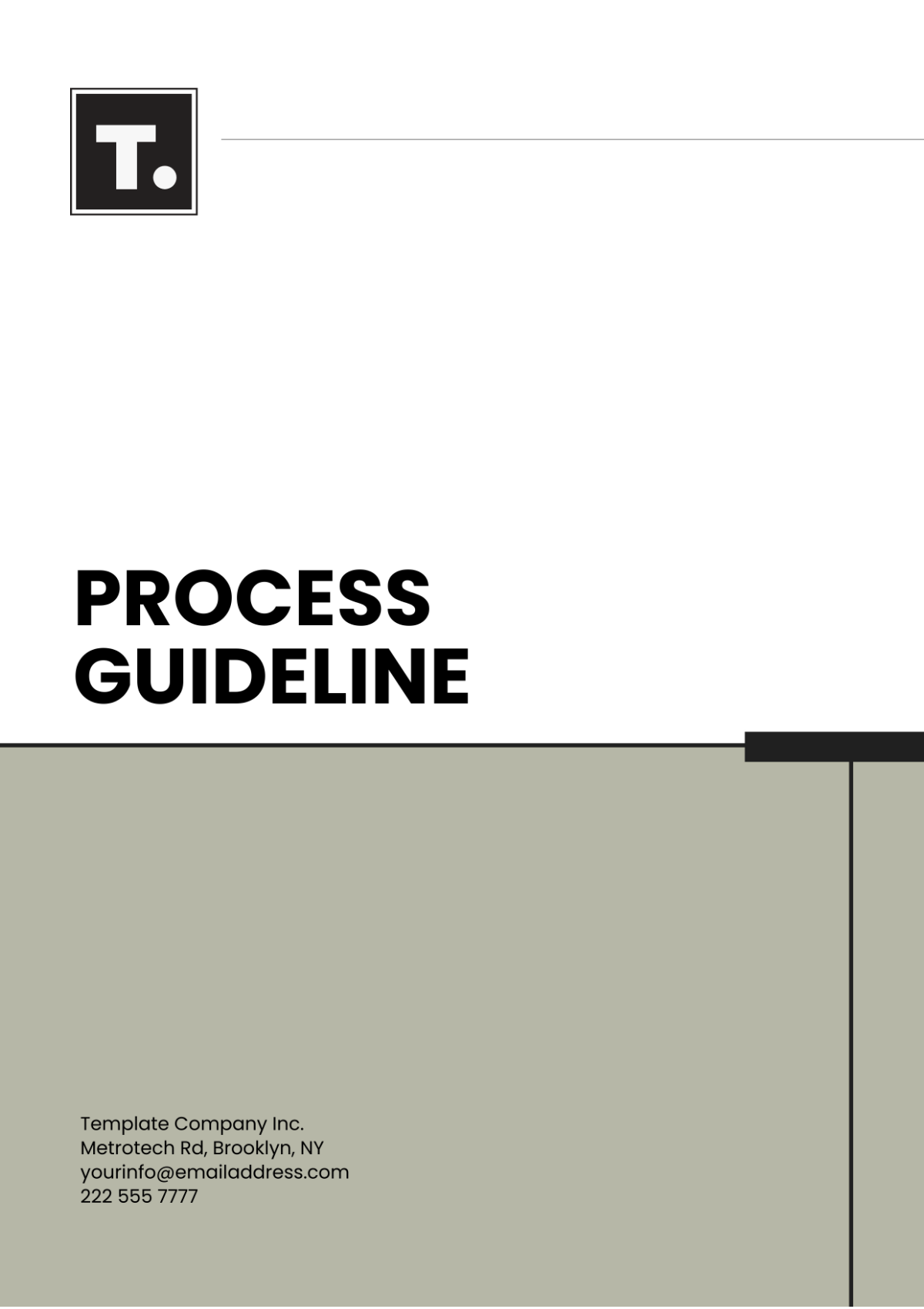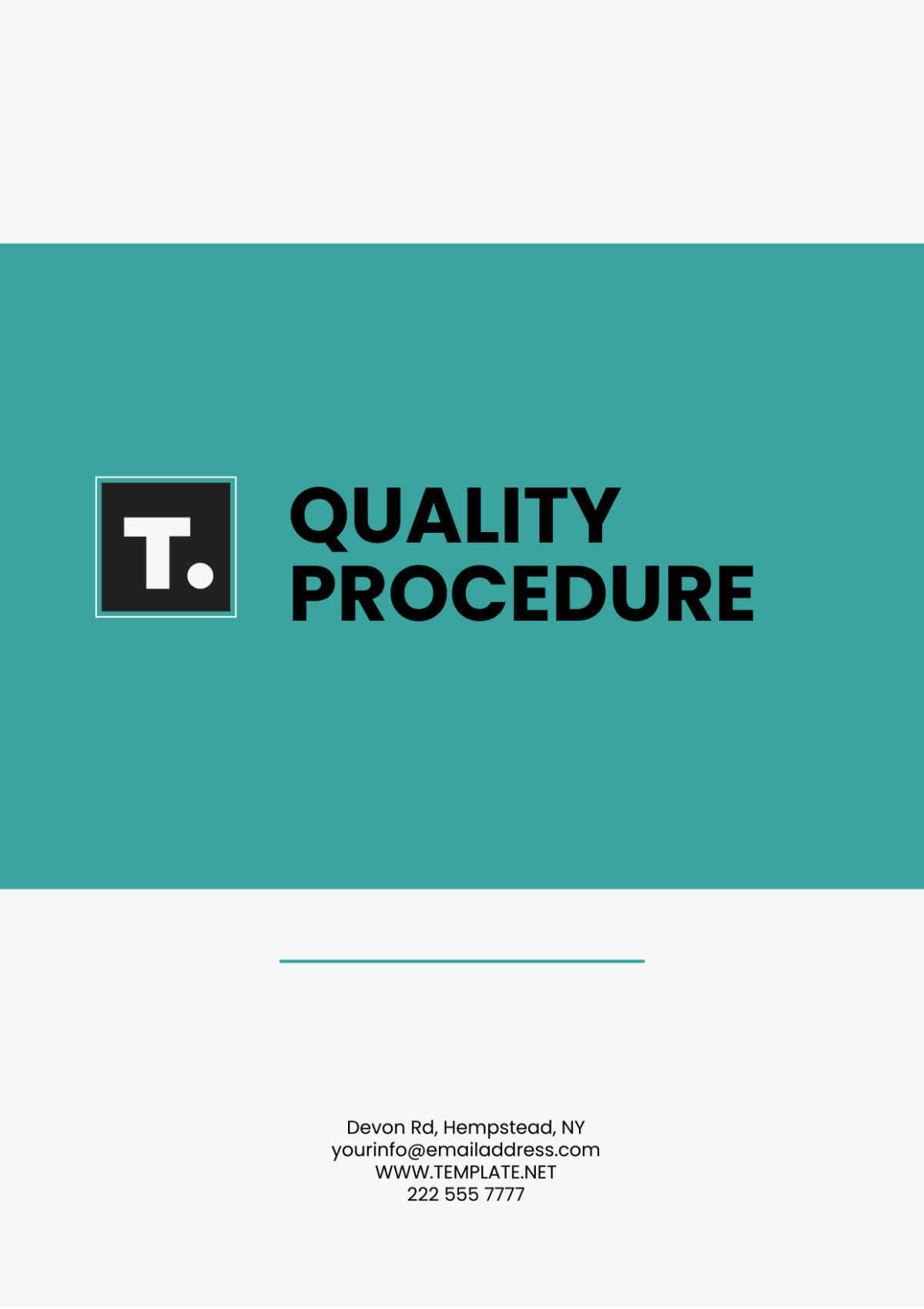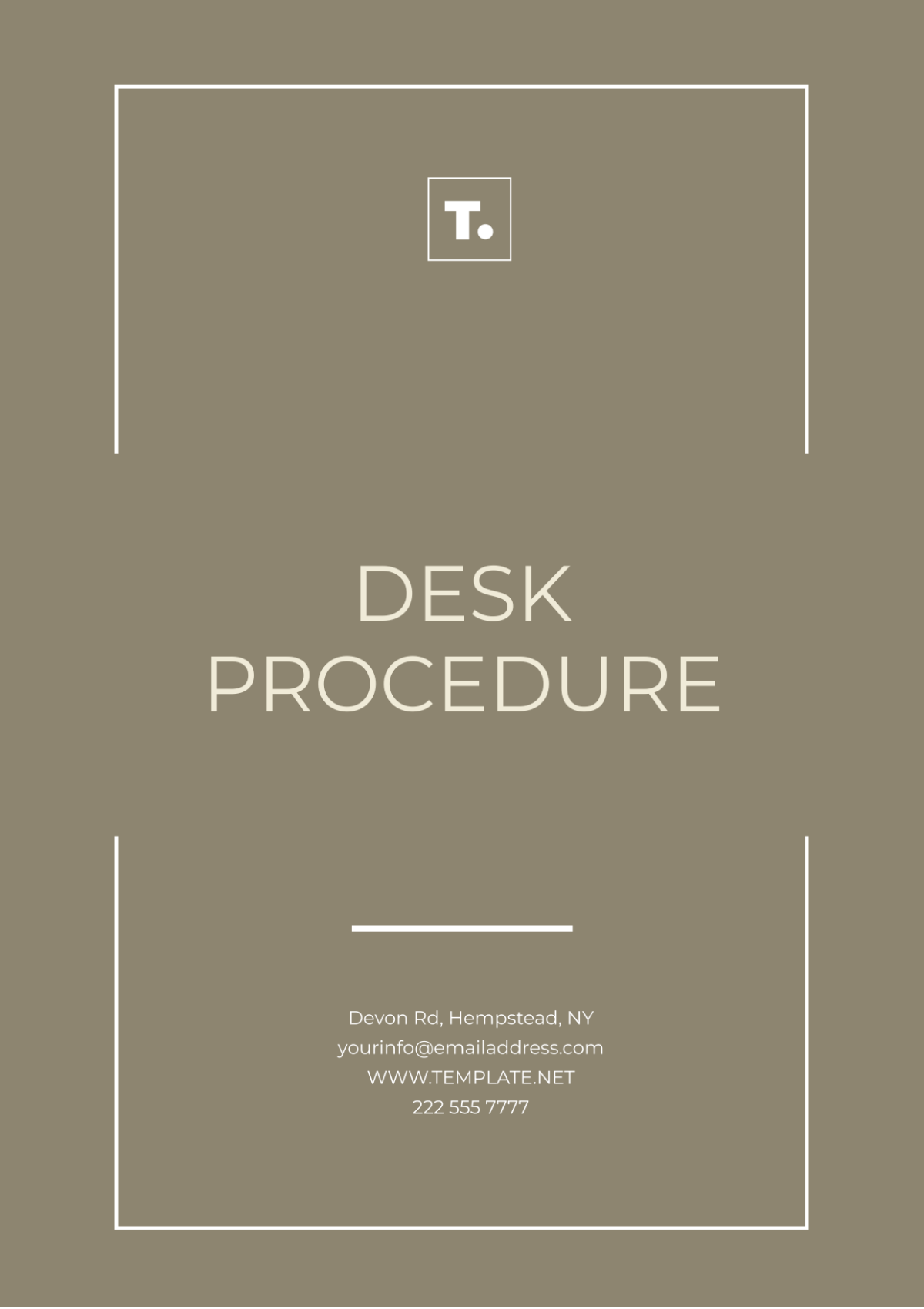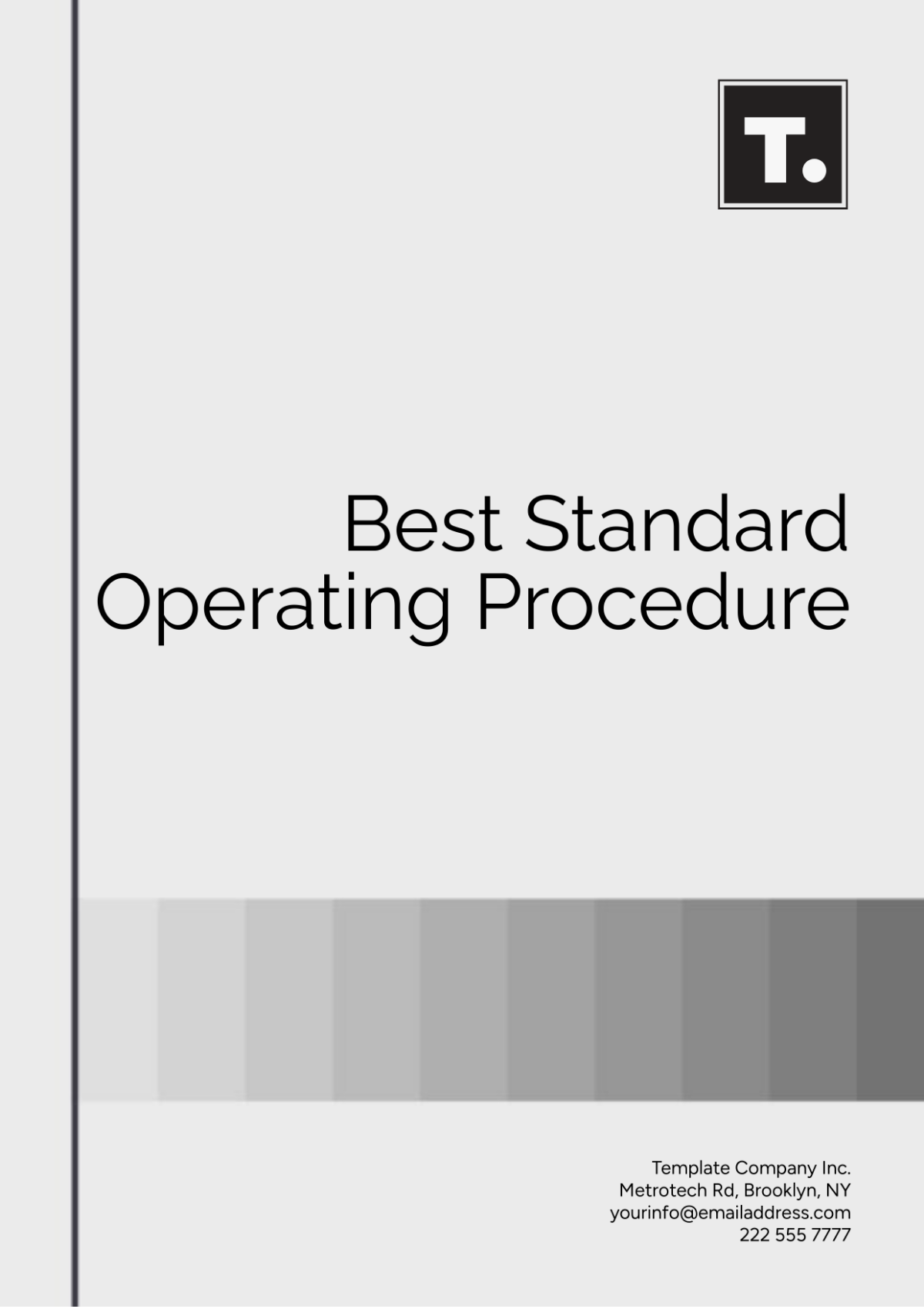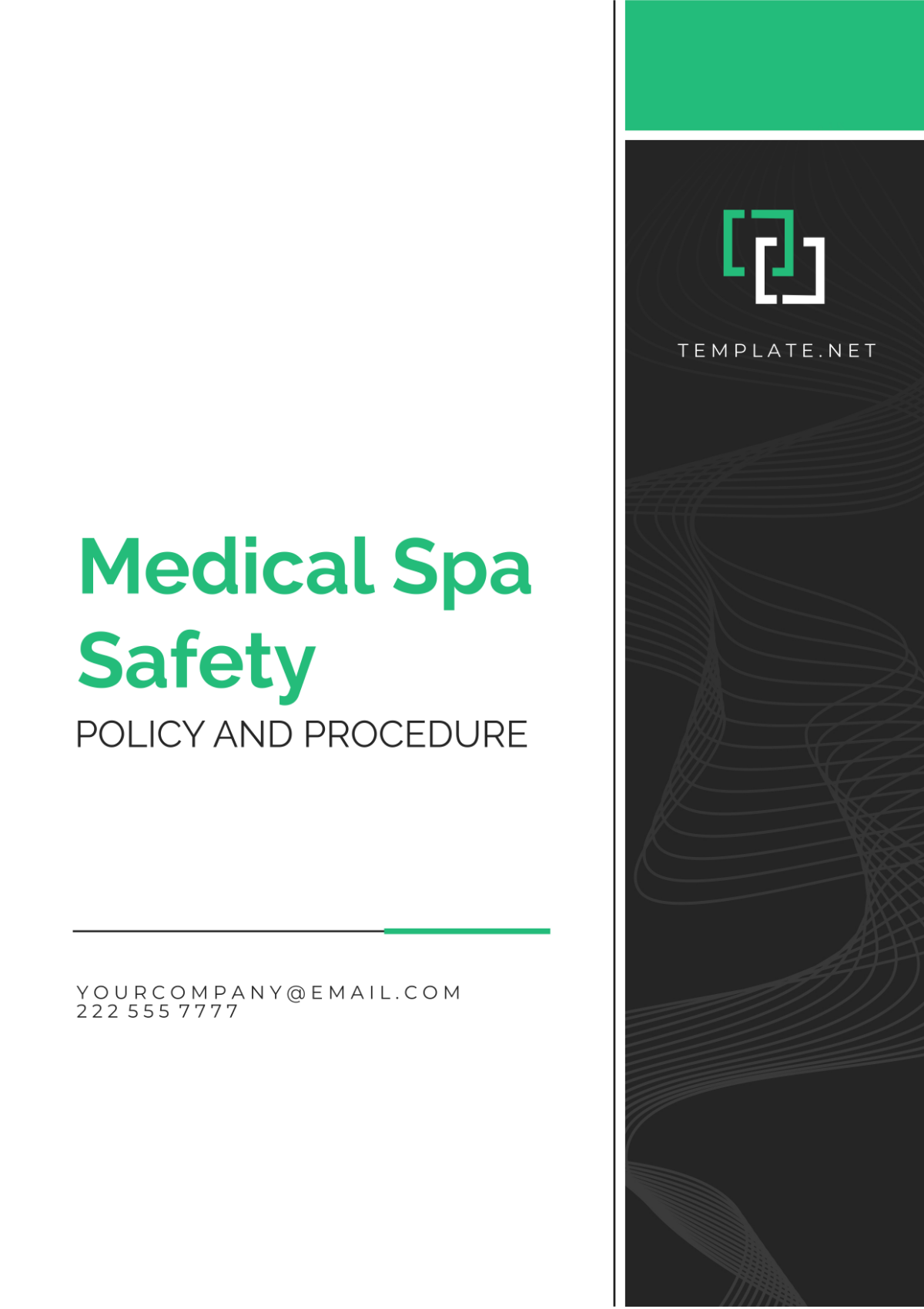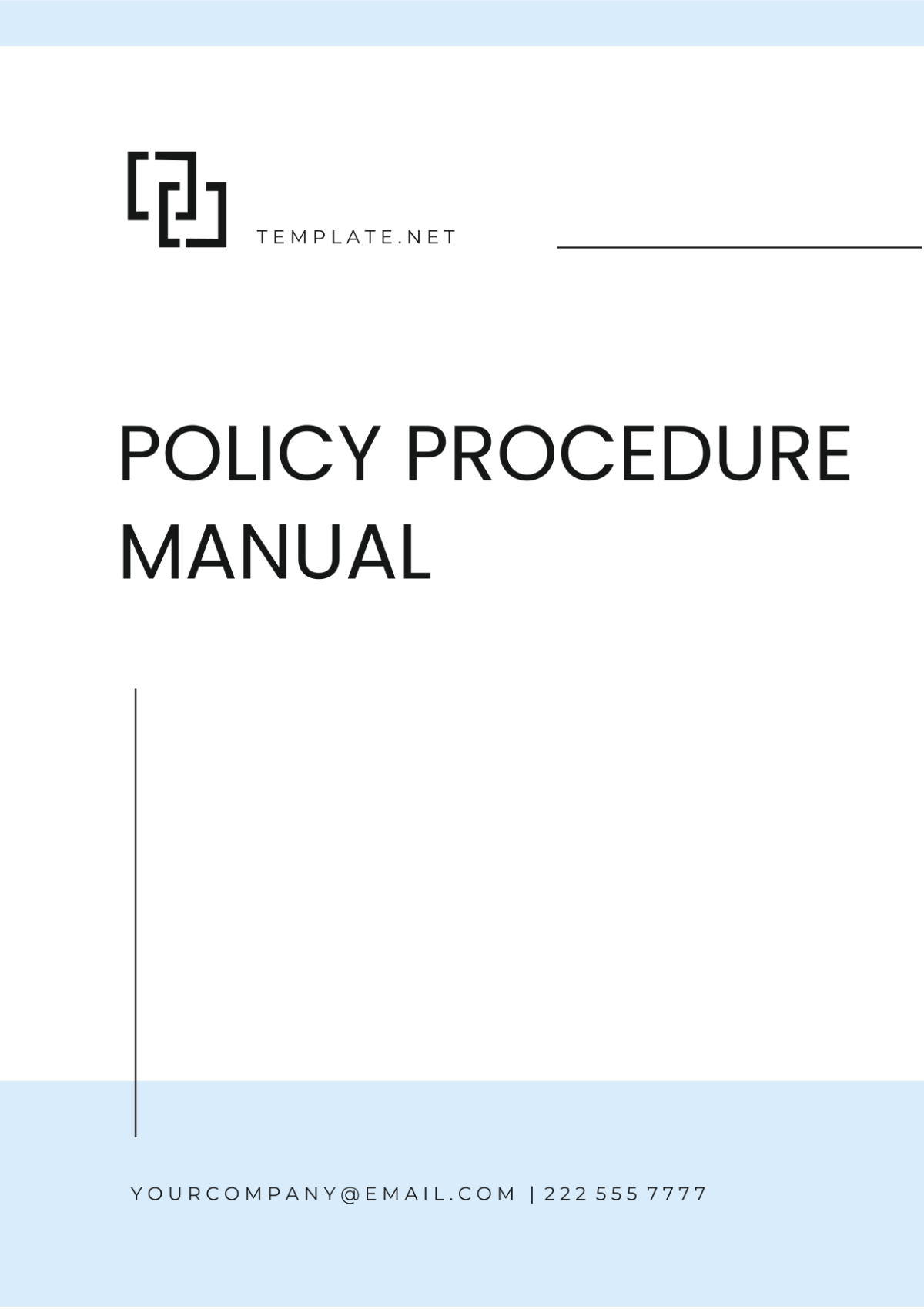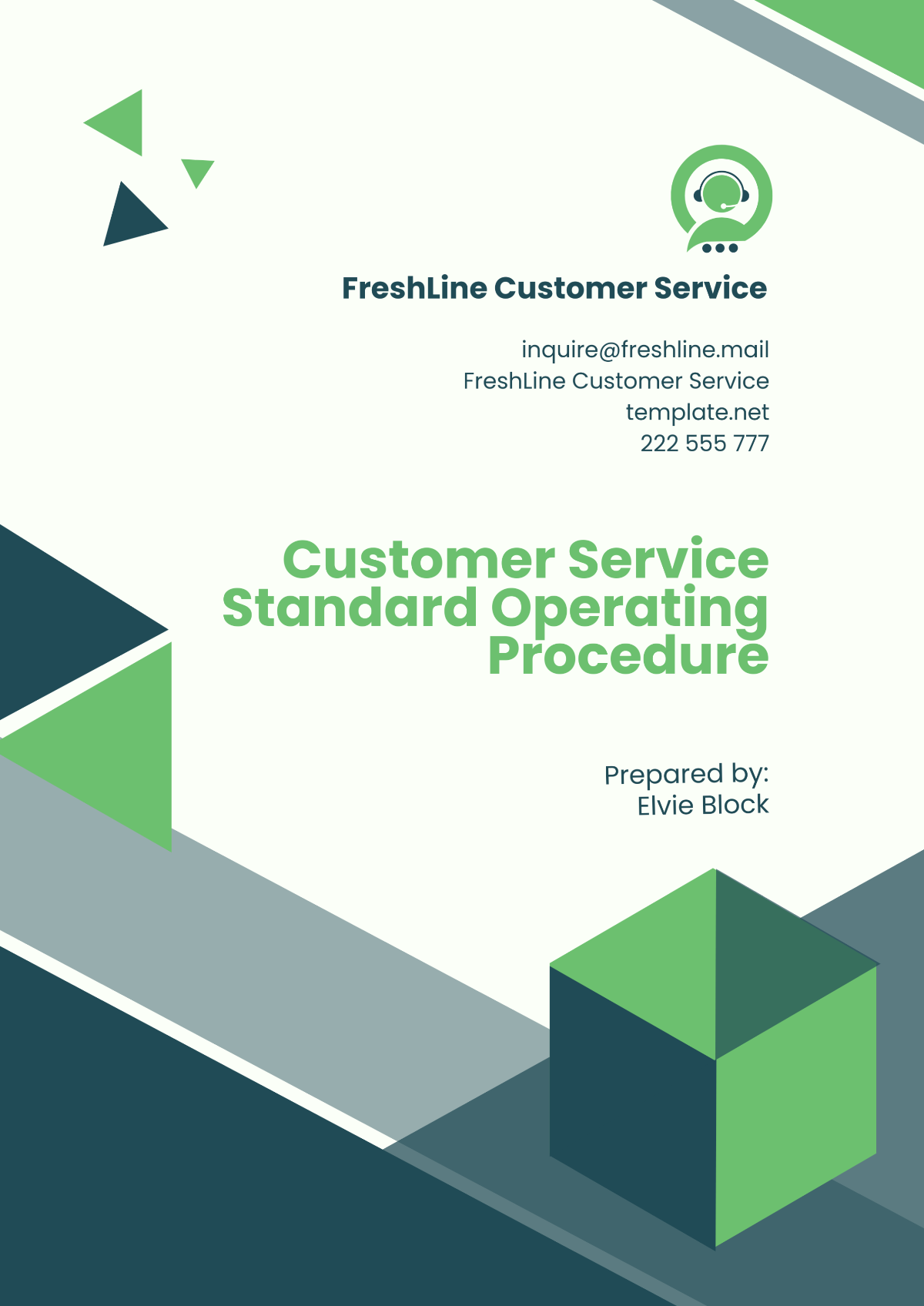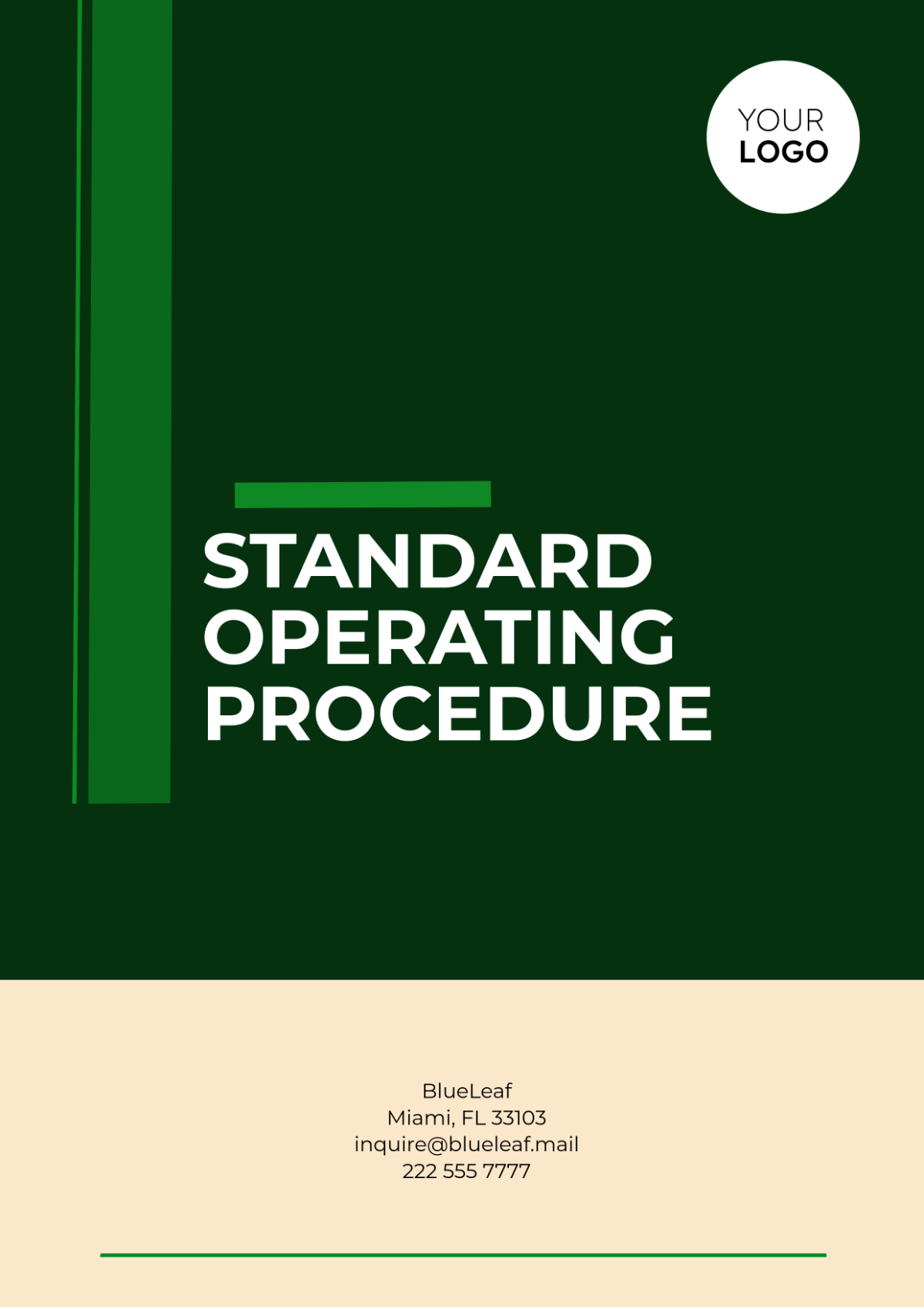Free Salon Overtime Procedure Template
Salon Overtime Procedure
1. Introduction
1.1 Purpose of the Overtime Procedure
The purpose of this Overtime Procedure is to ensure that all overtime work at [Your Company Name] is managed in a consistent, fair, and legally compliant manner. Overtime is often necessary within the salon industry due to varying client demands and business needs. However, it is crucial that it is planned, authorized, and compensated correctly to maintain operational efficiency, employee satisfaction, and compliance with labor laws.
1.2 Importance of Managing Overtime Effectively
Effective management of overtime helps in balancing the workload among employees, preventing employee burnout, and reducing unnecessary labor costs. It also reinforces the company’s commitment to ethical labor practices and legal compliance, fostering a positive work environment and enhancing company's reputation.
2. Policy Statement
2.1 Definition of Overtime
Overtime is considered as any hours worked beyond the normal scheduled hours as agreed upon in the employee's contract. At [Your Company Name], overtime is applicable after 40 hours of work per week or over 8 hours in a single day, consistent with federal and state labor laws.
2.2 Reference to Applicable Labor Laws and Standards
This procedure adheres to the Fair Labor Standards Act (FLSA), which governs how overtime is to be compensated in the United States. Additionally, we comply with any state-specific labor regulations that apply to our operations. This procedure ensures that all our practices are within legal parameters and protect both the employee and the company.
2.3 Company's Commitment to Fair Labor Practices
[Your Company Name] is committed to fair labor practices and the ethical treatment of all employees. This commitment is reflected in our comprehensive policies, proactive management of employee work schedules, and transparent communication regarding labor rights and compensation.
3. Eligibility and Scope
3.1 Employees Eligible for Overtime
Employee Type | Eligibility for Overtime |
|---|---|
Full-time | Eligible |
Part-time | Eligible |
Temporary | Eligible |
Seasonal | Eligible |
All employees at [Your Company Name] are eligible for overtime, provided that the overtime work is authorized and documented in accordance with this procedure.
3.2 Types of Work Considered for Overtime
Overtime may be required for various types of work including, but not limited to:
Extended service hours beyond regular salon closing times.
Special projects or events that require additional preparation or follow-up outside normal hours.
Administrative duties completed outside of assigned shifts due to operational necessity.
4. Authorization Process
4.1 Procedures for Pre-approval of Overtime
Overtime must be pre-approved by the direct supervisor or the salon manager. The process for requesting and authorizing overtime is as follows:
Request Submission: Employees must submit an overtime request form to their supervisor at least 48 hours in advance. The request should include the date, the number of hours, and the reason for the overtime.
Review and Approval: The supervisor reviews the request based on operational needs and budget considerations. If approved, the supervisor documents the authorization in the employee's schedule and the payroll system.
Emergency Overtime Provisions: In cases of unexpected business needs, such as last-minute client bookings or staff shortages, supervisors may authorize overtime on short notice. However, all such instances must be documented and justified in writing.
5. Overtime Compensation
5.1 Rate of Pay for Overtime Hours
Overtime is compensated at a rate of 1.5 times the employee's regular hourly wage. The following table illustrates the calculation of overtime pay:
Regular Hourly Rate | Overtime Rate | Example Calculation |
|---|---|---|
$15.00 | $22.50 | 5 hours OT = $112.50 |
$20.00 | $30.00 | 5 hours OT = $150.00 |
5.2 Methods and Timing of Overtime Payment
Overtime compensation is computed on a weekly basis and the payment for such overtime is processed during the subsequent payroll cycle. This overtime pay is distinct from the regular salary that employees earn and will be clearly listed as a separate item on the employee’s pay stub. Employees should anticipate receiving their overtime pay at the latest by the end of the payroll period immediately following the week during which the overtime hours were recorded.
6. Scheduling and Hours
6.1 Maximum Allowable Overtime Hours
At [Your Company Name], we ensure that overtime does not compromise employee health and work-life balance. The following limits are set to prevent excessive overtime:
Employee Type | Daily Overtime Limit | Weekly Overtime Limit |
|---|---|---|
Full-time | 2 hours | 12 hours |
Part-time | 2 hours | 8 hours |
6.2 Rest Periods and Days Off Policy
To ensure that employees have adequate rest:
Employees must have a minimum of 12 hours rest between shifts.
Employees are entitled to at least one full day off following a week where overtime has been worked.
Employees working more than six consecutive days must receive two consecutive days off.
6.3 Scheduling Considerations to Prevent Fatigue
Managers are responsible for monitoring work schedules to prevent employee fatigue. This includes:
Rotating overtime among all eligible employees to distribute workloads evenly.
Ensuring that shifts are scheduled in a manner that allows for sufficient rest.
Regularly reviewing staffing levels to align with customer demand and reduce the need for overtime.
7. Overtime Management and Monitoring
7.1 Tools and Methods for Tracking Overtime Hours
Hours worked beyond the standard schedule are meticulously monitored through the time management system implemented by [Your Company Name]. This system is designed to automatically capture the duration each employee spends working, ensuring accurate recording on their respective time cards. It is mandatory for managers to oversee and provide their approval on these documented hours on a weekly basis, confirming their accuracy and completeness.
7.2 Regular Review and Adjustments of Overtime Schedules
Overtime schedules will be reviewed monthly by management to ensure they are still necessary and that no employee is regularly working excessive overtime. Adjustments will be made based on:
Changes in business volume.
Employee feedback and health considerations.
Historical data on customer flow.
7.3 Responsibilities of Managers in Monitoring Overtime
Managers at [Your Company Name] have several responsibilities to ensure fair and efficient use of overtime:
Approving overtime only when necessary and ensuring it is evenly distributed among staff.
Monitoring the health and well-being of employees working overtime.
Keeping accurate records of all overtime worked for payroll and compliance purposes.
8. Communication
8.1 How Overtime Information Will Be Communicated to Staff
Effective communication is crucial for the smooth operation of overtime procedures. Below are the methods and schedules for communicating overtime information to staff at [Your Company Name]:
Communication Method | Frequency | Description |
|---|---|---|
Monthly Staff Meetings | Monthly | Discuss changes, challenges, and feedback on overtime. |
Email Updates | As Needed | Immediate updates on policy changes and urgent notices. |
Internal Bulletins | Weekly | Post schedules and general notices about upcoming overtime opportunities. |
Employee Portal | Continuously | Access to personal overtime records and policy documents. |
8.2 Training for Managers and Staff on Overtime Procedures
Ensuring that all staff are well informed about the overtime procedures, [Your Company Name] will provide the following training opportunities:
Audience | Training Module | Frequency | Mode |
|---|---|---|---|
Managers | Overtime Authorization & Monitoring | Bi-annually | In-Person |
Staff | Overtime Rights and Responsibilities | Annually | Online Module |
New Hires | Introduction to Overtime Policies | During Onboarding | In-Person |
Training will include practical scenarios, legal compliance, health and safety considerations, and the importance of balanced work schedules.
9. Dispute Resolution
9.1 Steps to Address Disputes Related to Overtime
Disputes over overtime can be sensitive and impact morale and compliance. The process outlined below is designed to handle these effectively:
Step | Action Item | Responsible Party | Timeline |
|---|---|---|---|
Step 1 | Submission of a written complaint | Employee | Within 5 days of incident |
Step 2 | Review of complaint and preliminary response | Supervisor | Within 7 working days |
Step 3 | Escalation to HR if unresolved | Employee or Supervisor | Within 5 days of Step 2 response |
Step 4 | Final resolution by HR with consultation from legal | HR Department | Within 14 working days of escalation |
9.2 Contact Information for Grievance Handling
Contact Level | Name/Position | Contact Information |
|---|---|---|
First Point | Direct Supervisor | [Supervisor’s Contact Information] |
Second Point | HR Department | [HR Contact Information] |
Legal Advice | Legal Department | [Legal Department Contact Information] |
10. Review and Update of Overtime Policy
10.1 Regular Policy Review Schedule
To ensure that the overtime policy remains current and effective, the following review schedule will be adhered to:
Review Frequency | Scope of Review | Participants |
|---|---|---|
Annually | Full policy review | HR, Legal Team |
Bi-annually | Check for legal compliance | Legal Team |
Quarterly | Employee feedback assessment | HR, Department Heads |
10.2 Procedure for Updating Policy Based on Feedback and Changes in Law
The procedure for updating the overtime policy is designed to be thorough and inclusive:
Step | Action Item | Responsible Party |
|---|---|---|
Step 1 | Collect feedback via surveys and direct feedback mechanisms | HR Department |
Step 2 | Review changes in labor laws with legal advisors | Legal Team |
Step 3 | Draft updates and revisions based on feedback and legal advice | HR and Legal Team |
Step 4 | Approval of updates by senior management | Senior Management |
Step 5 | Communication of changes to all employees | HR Department |
